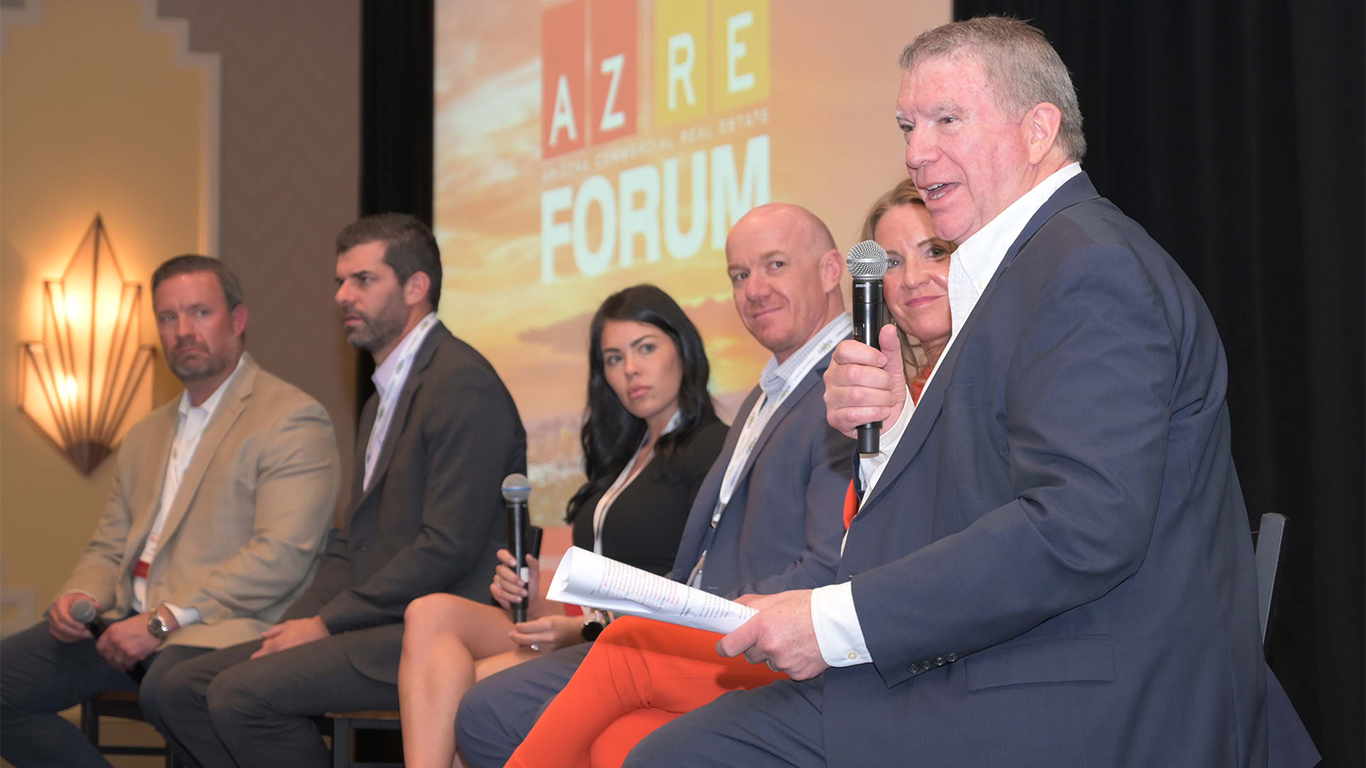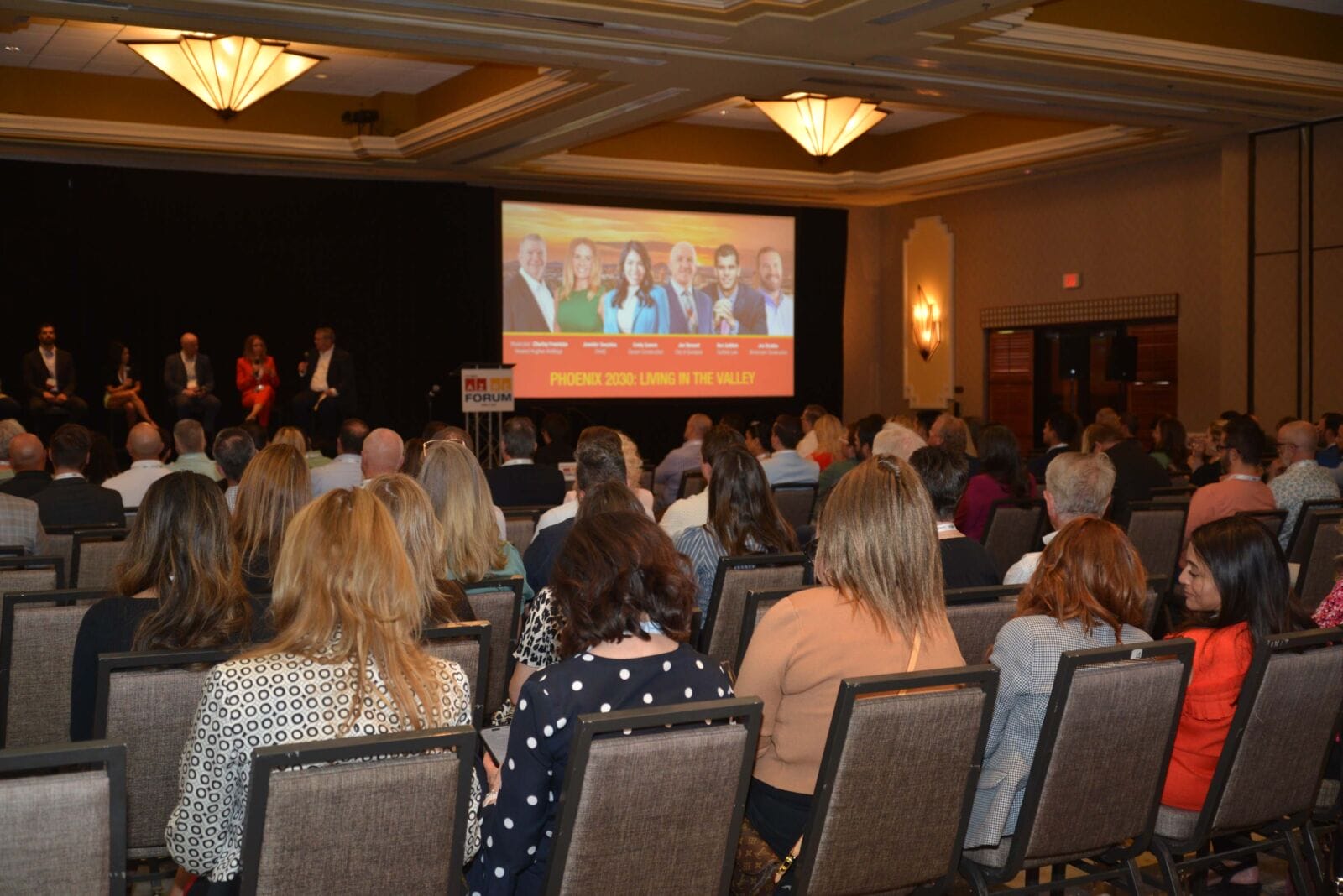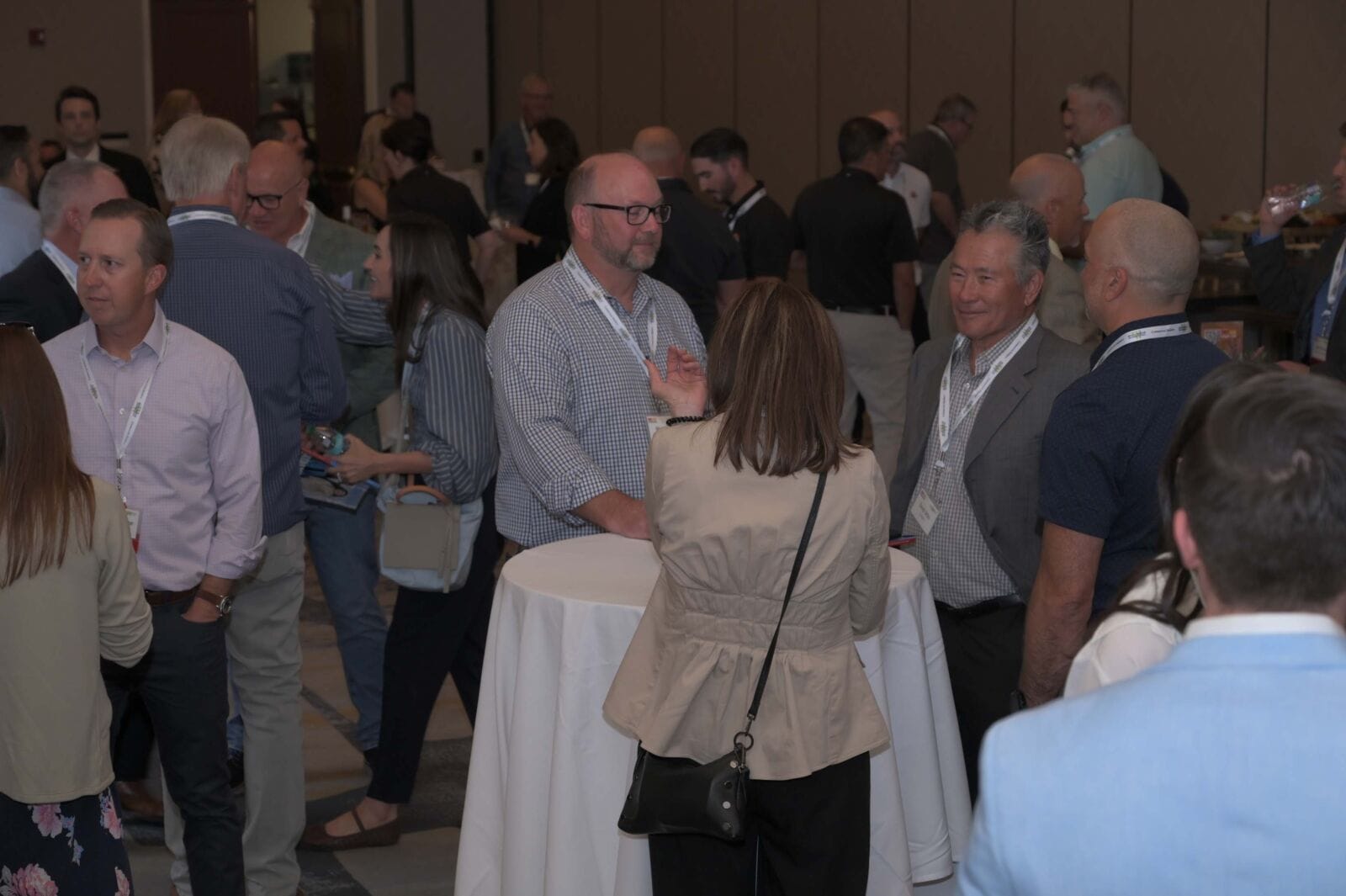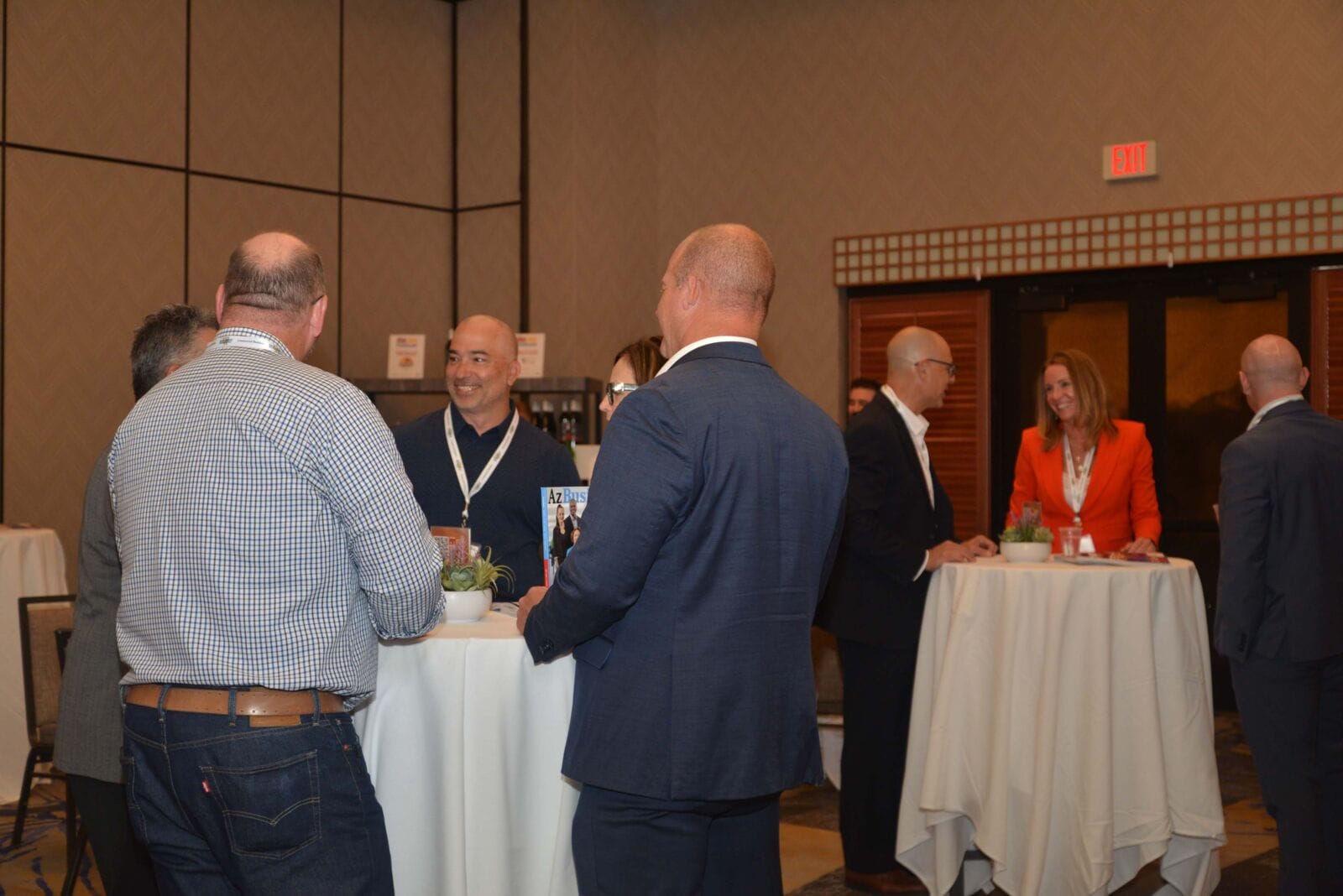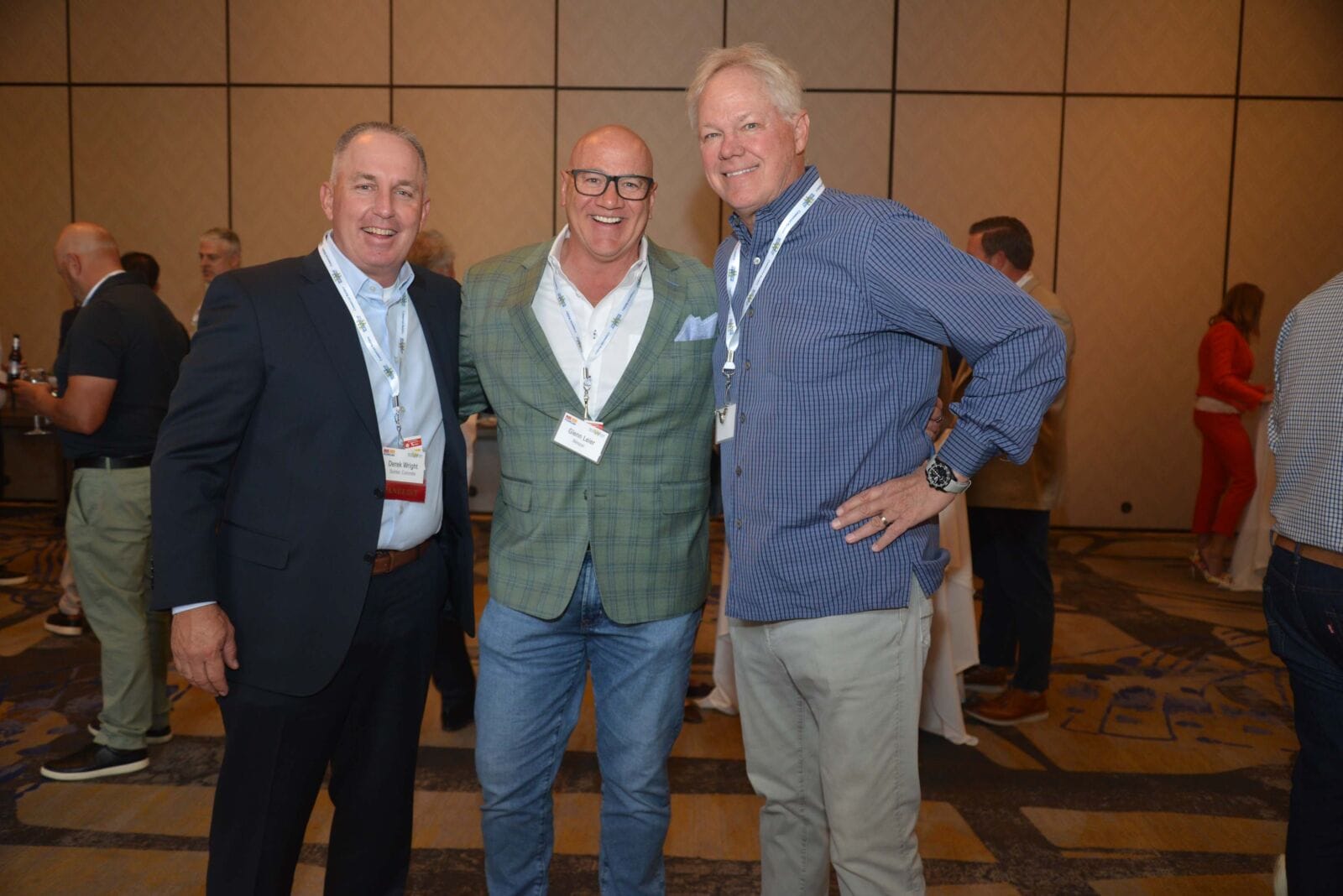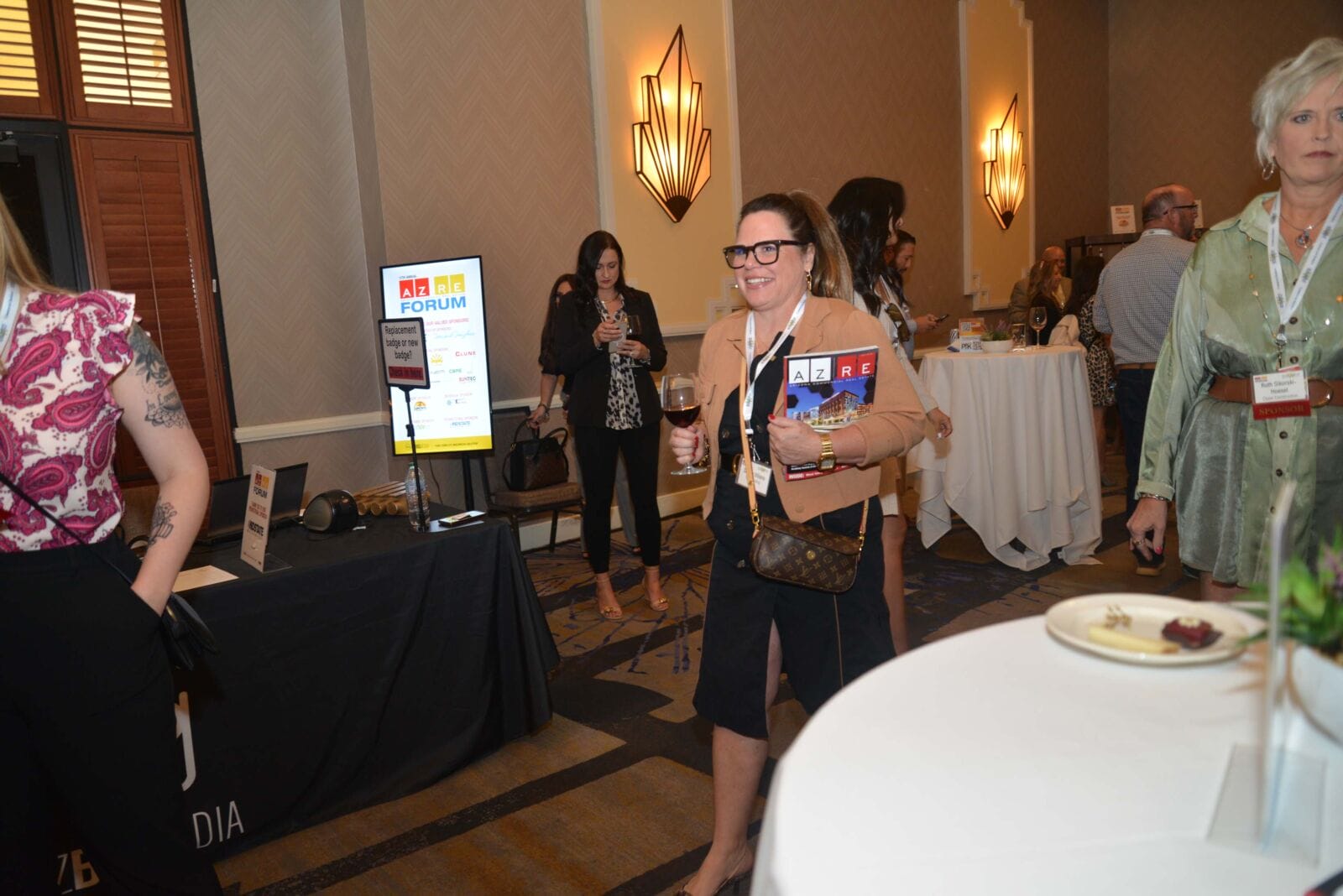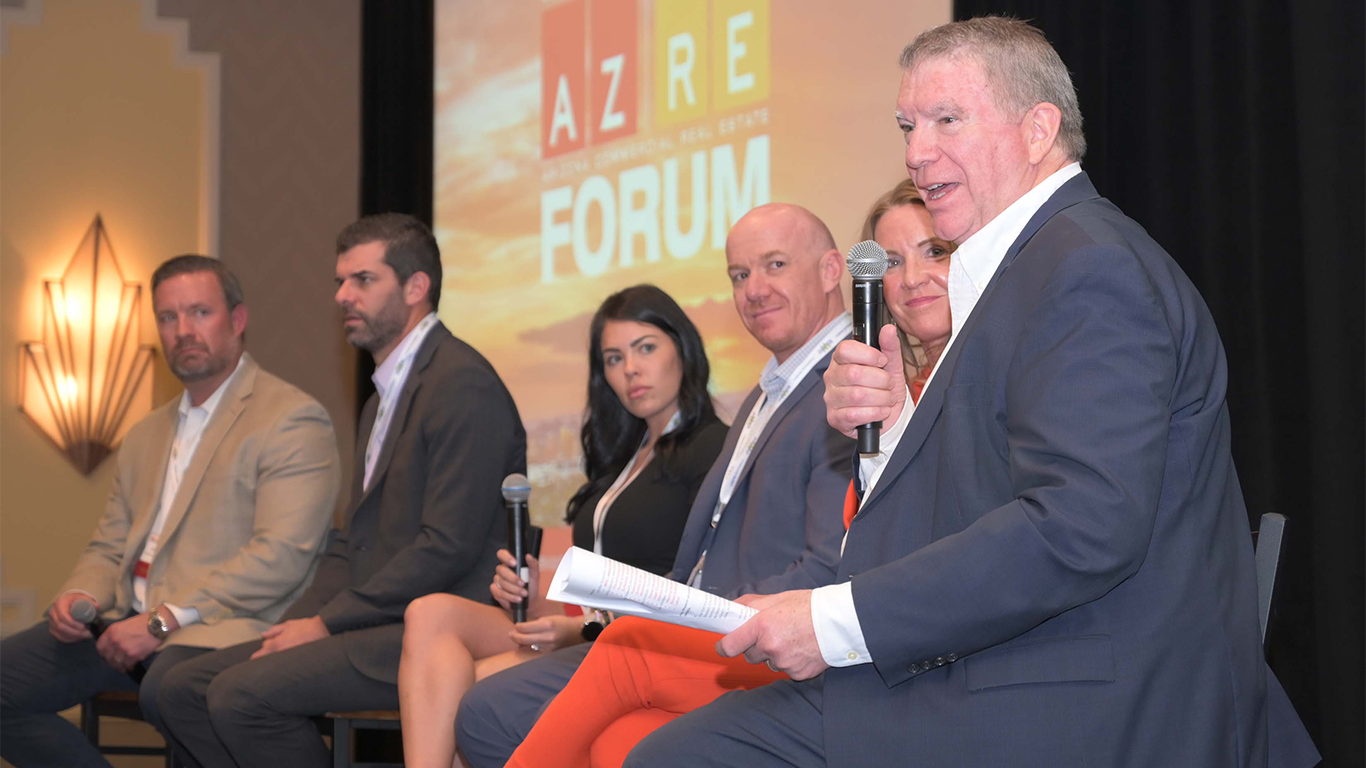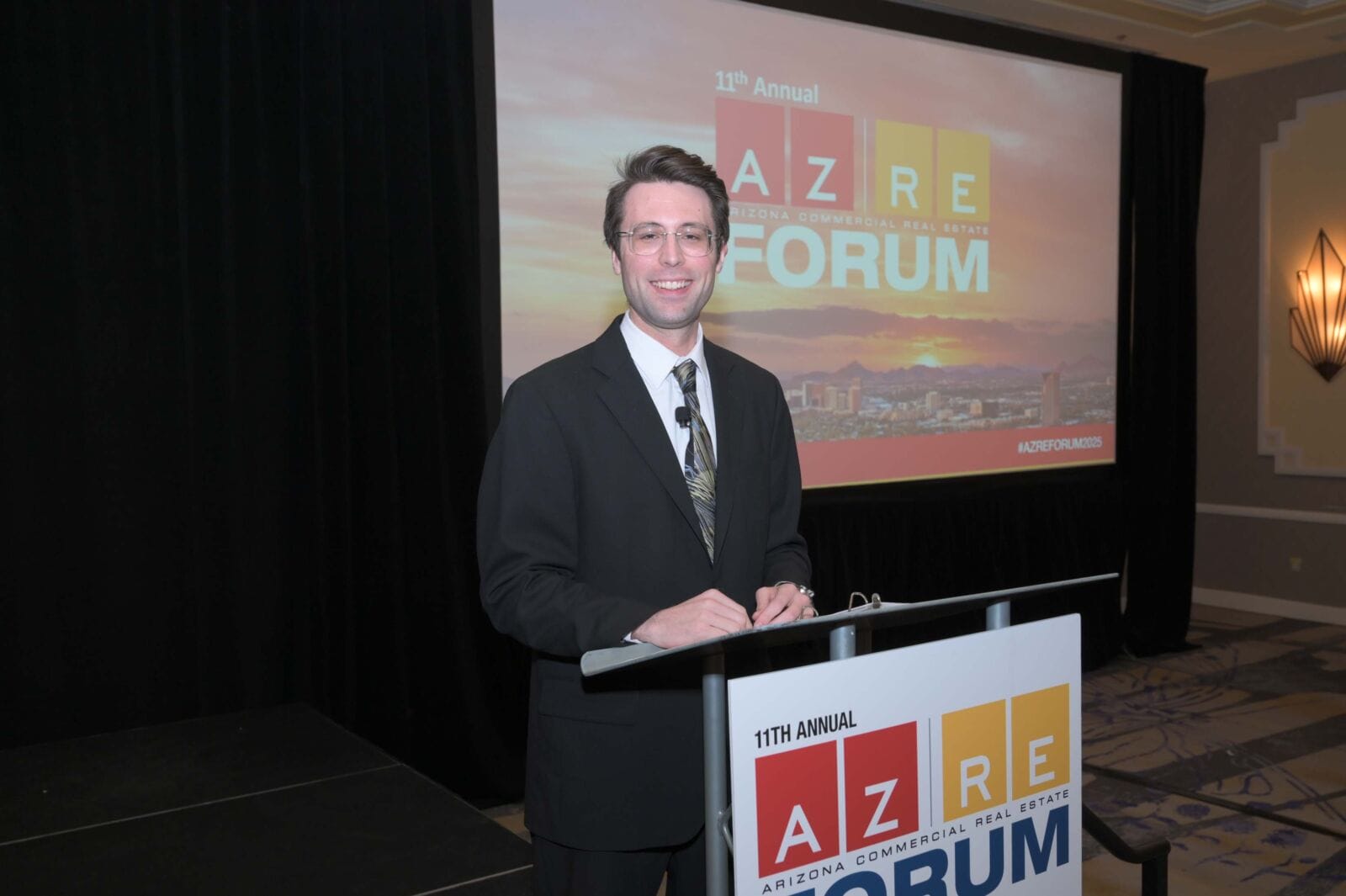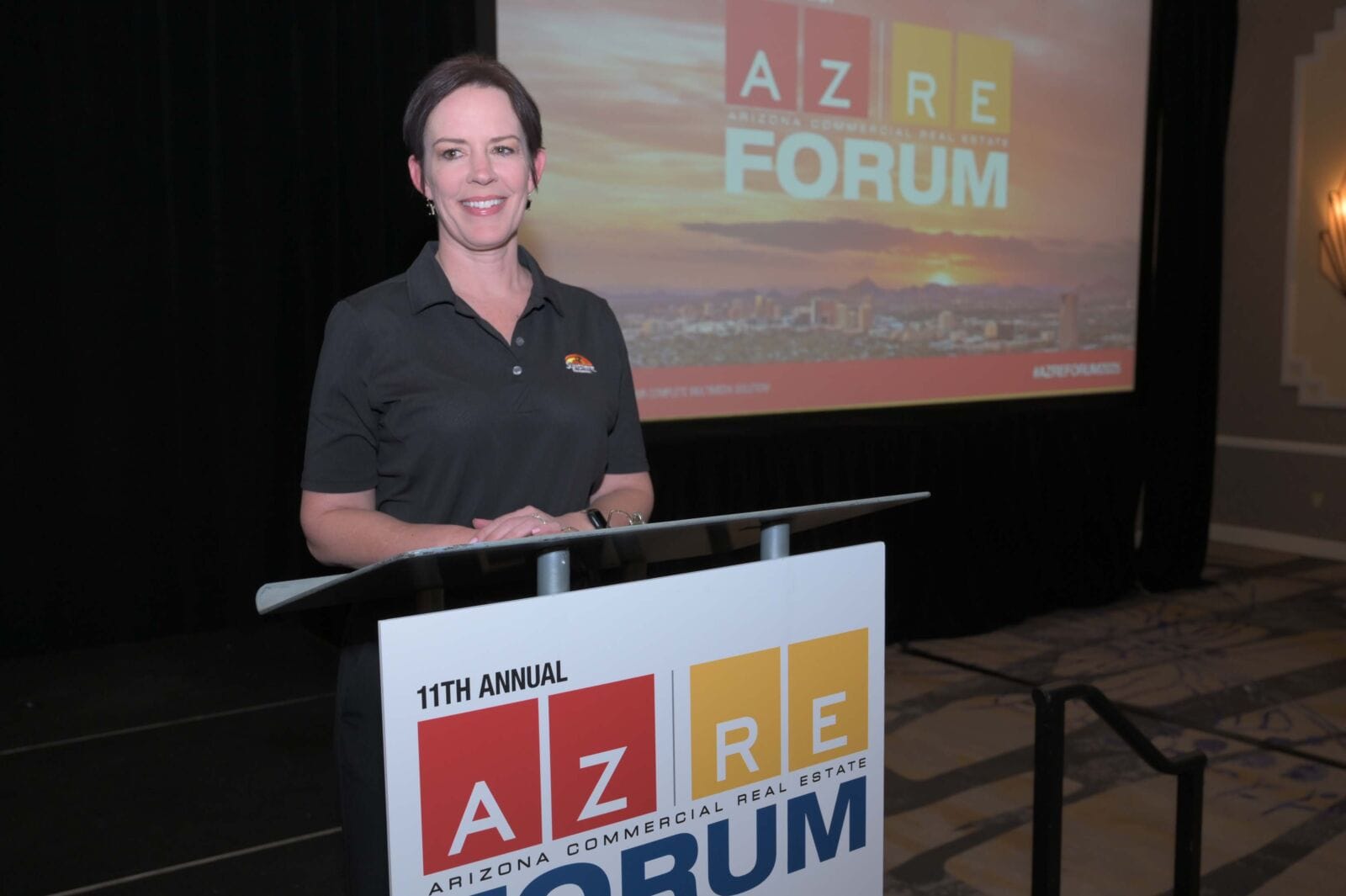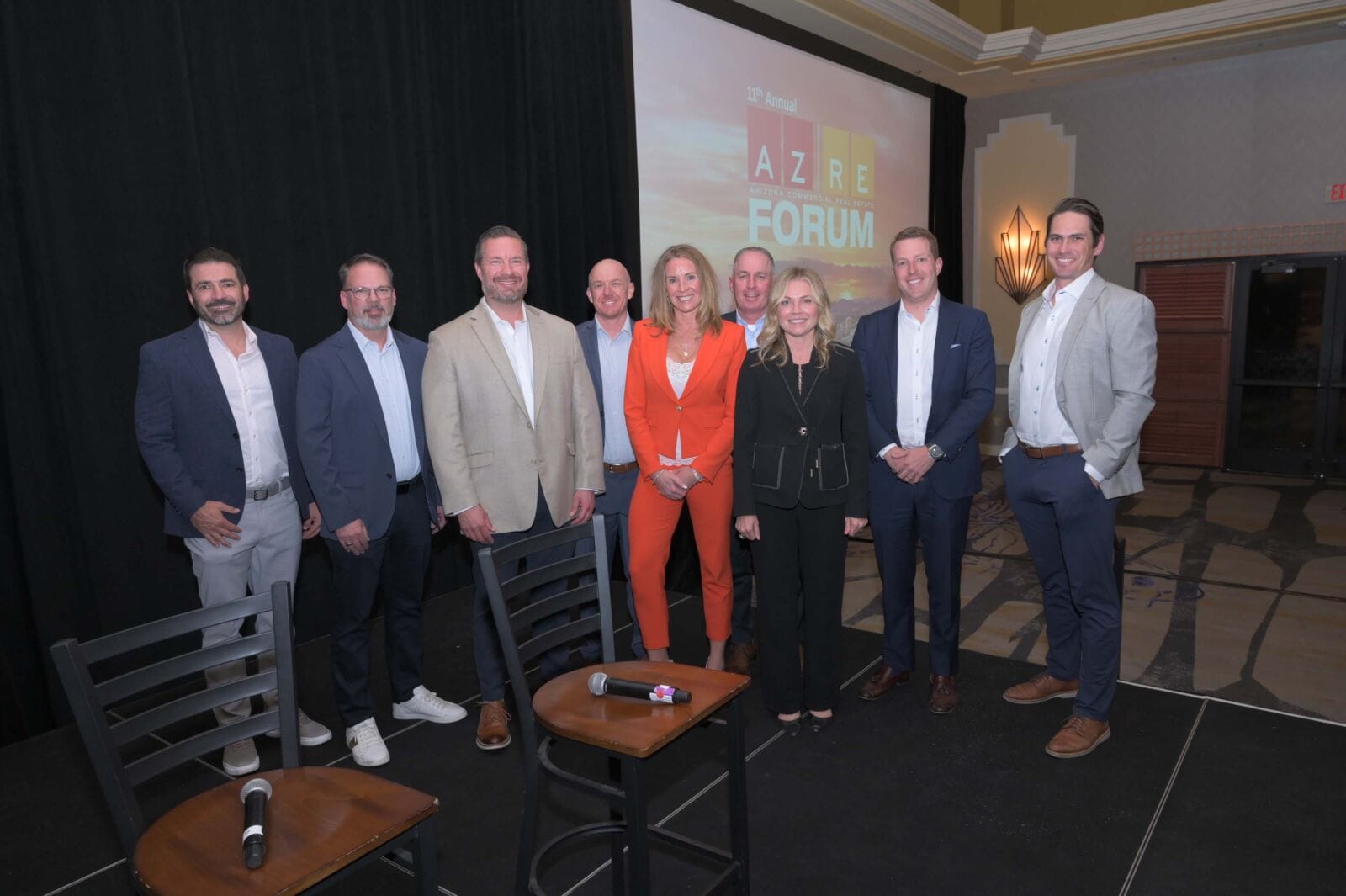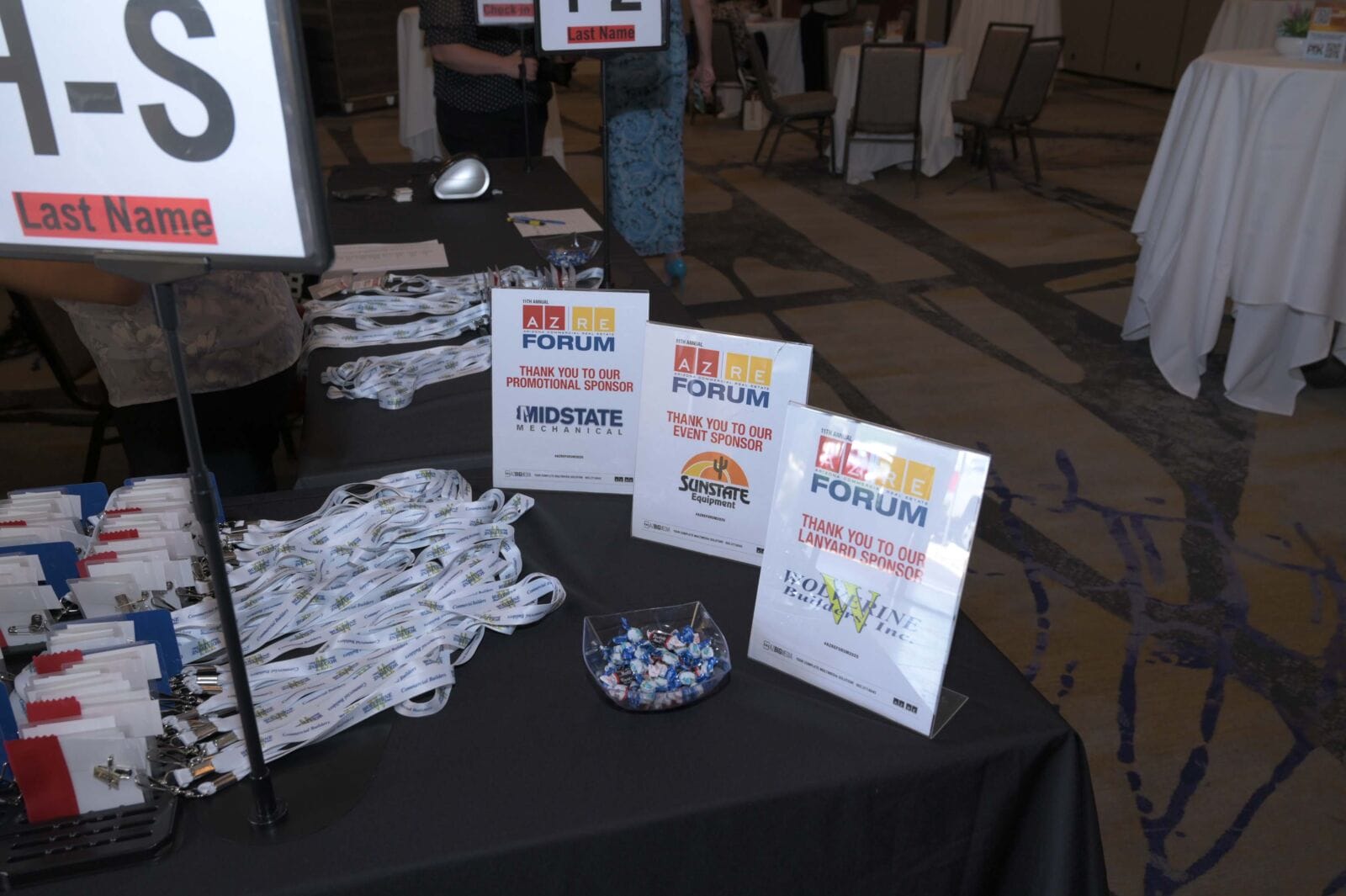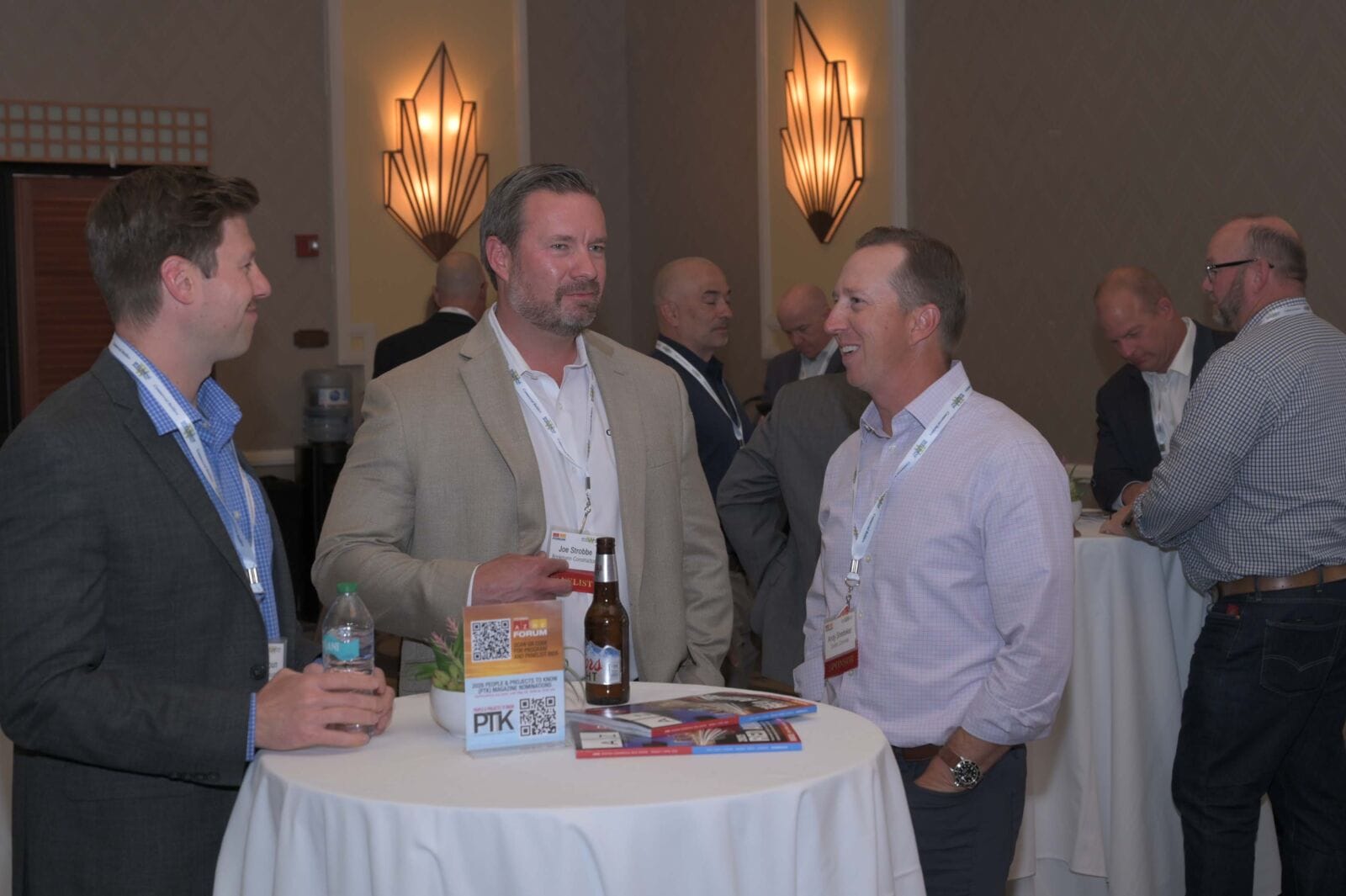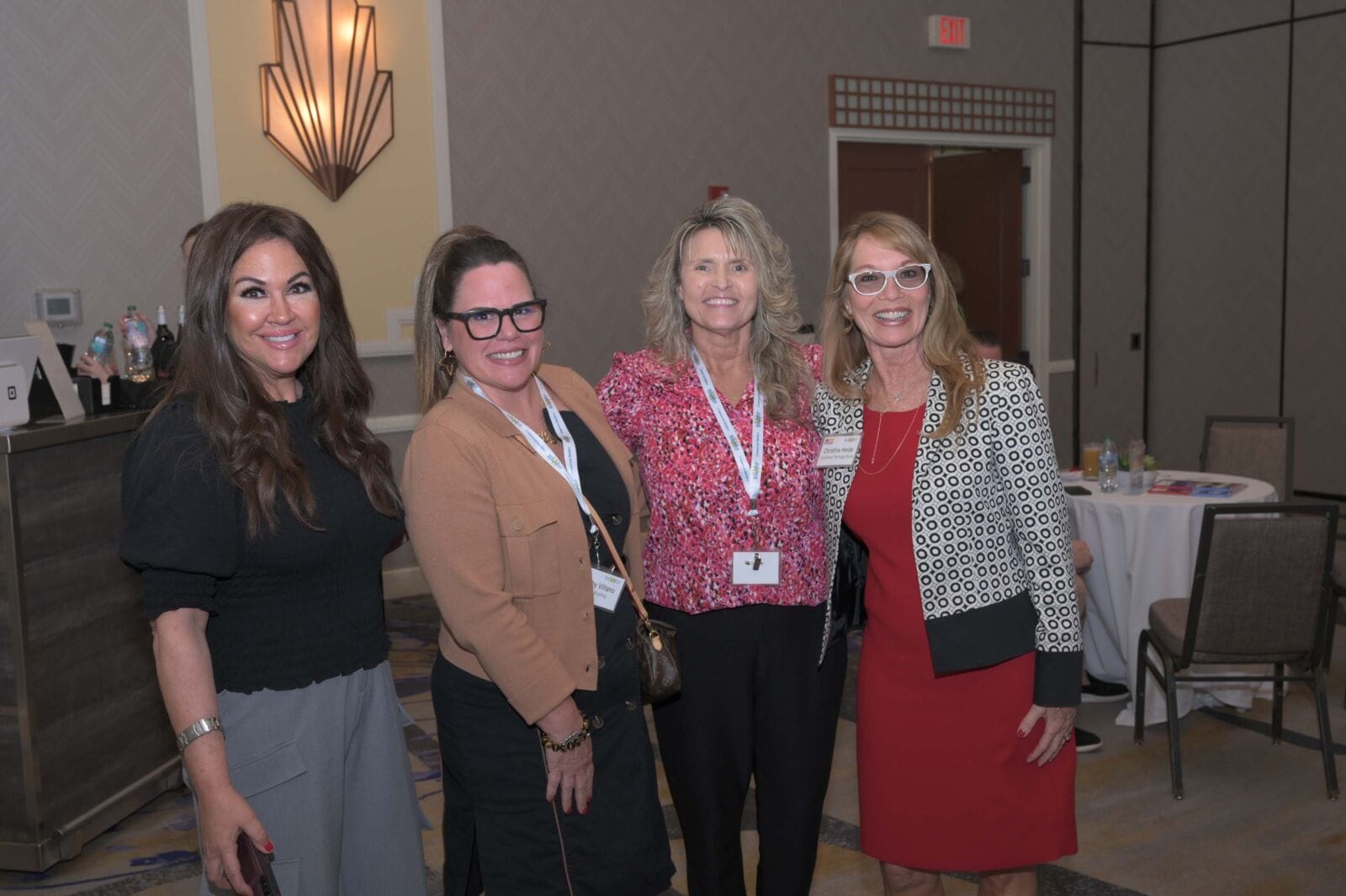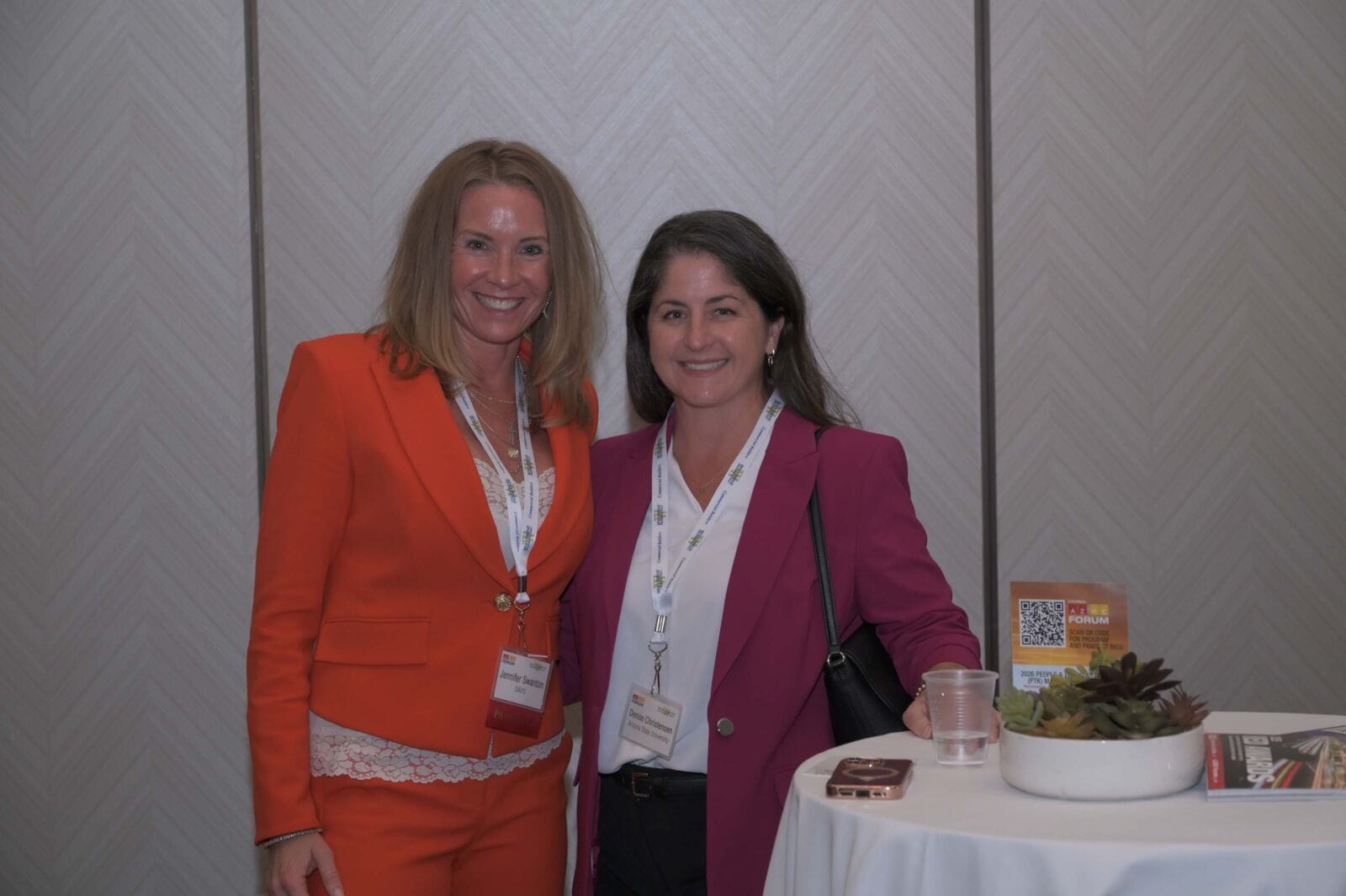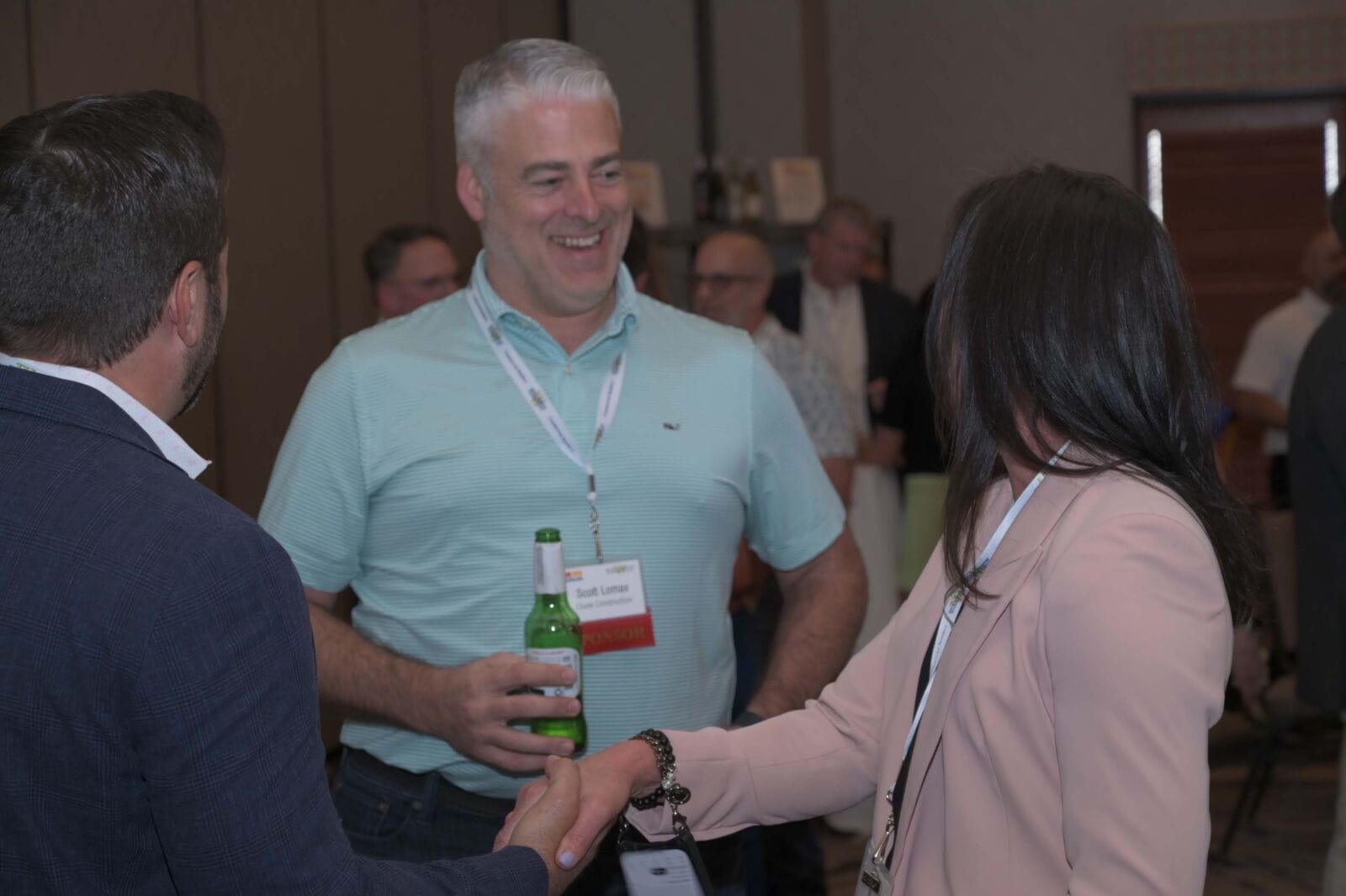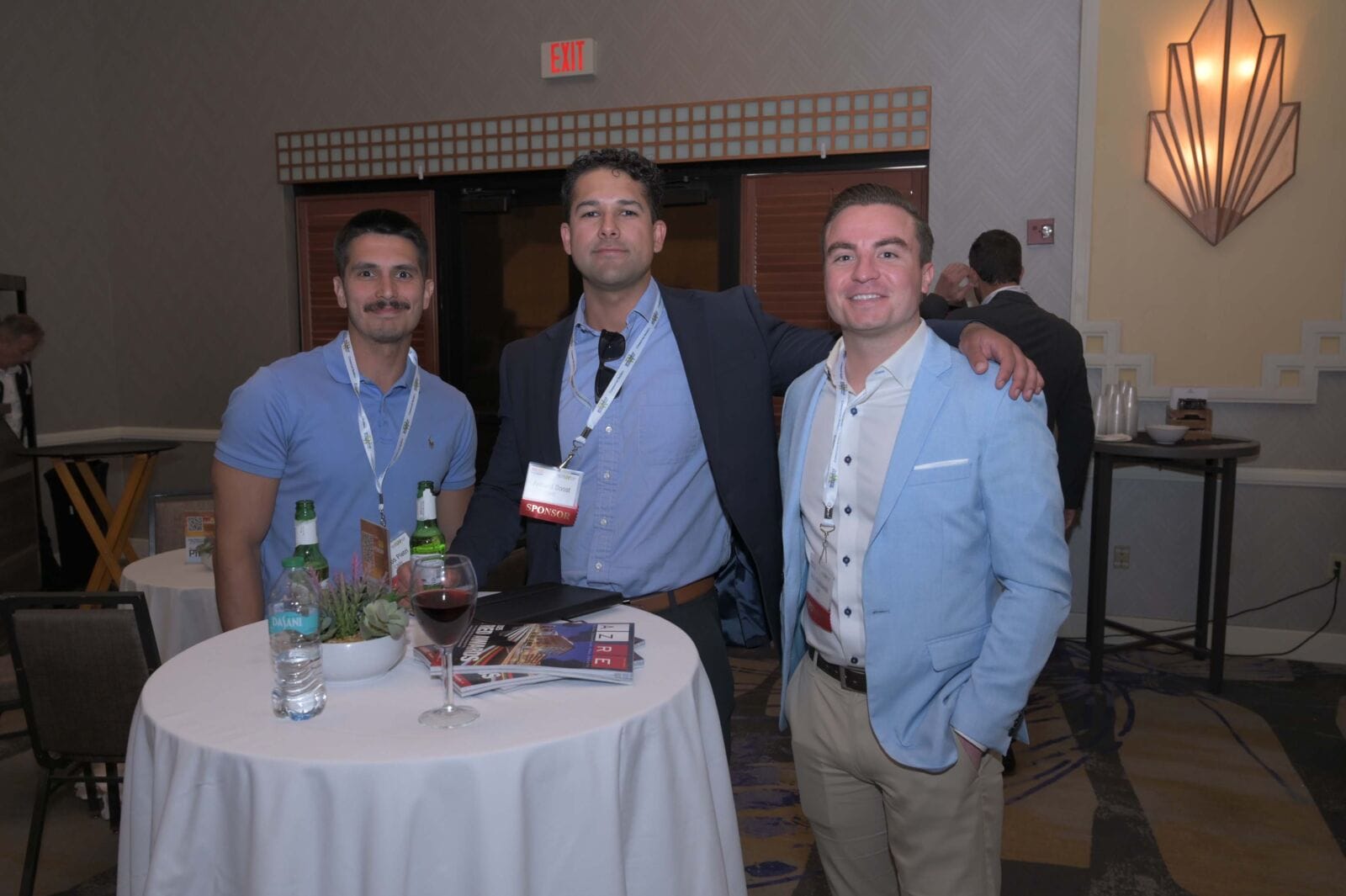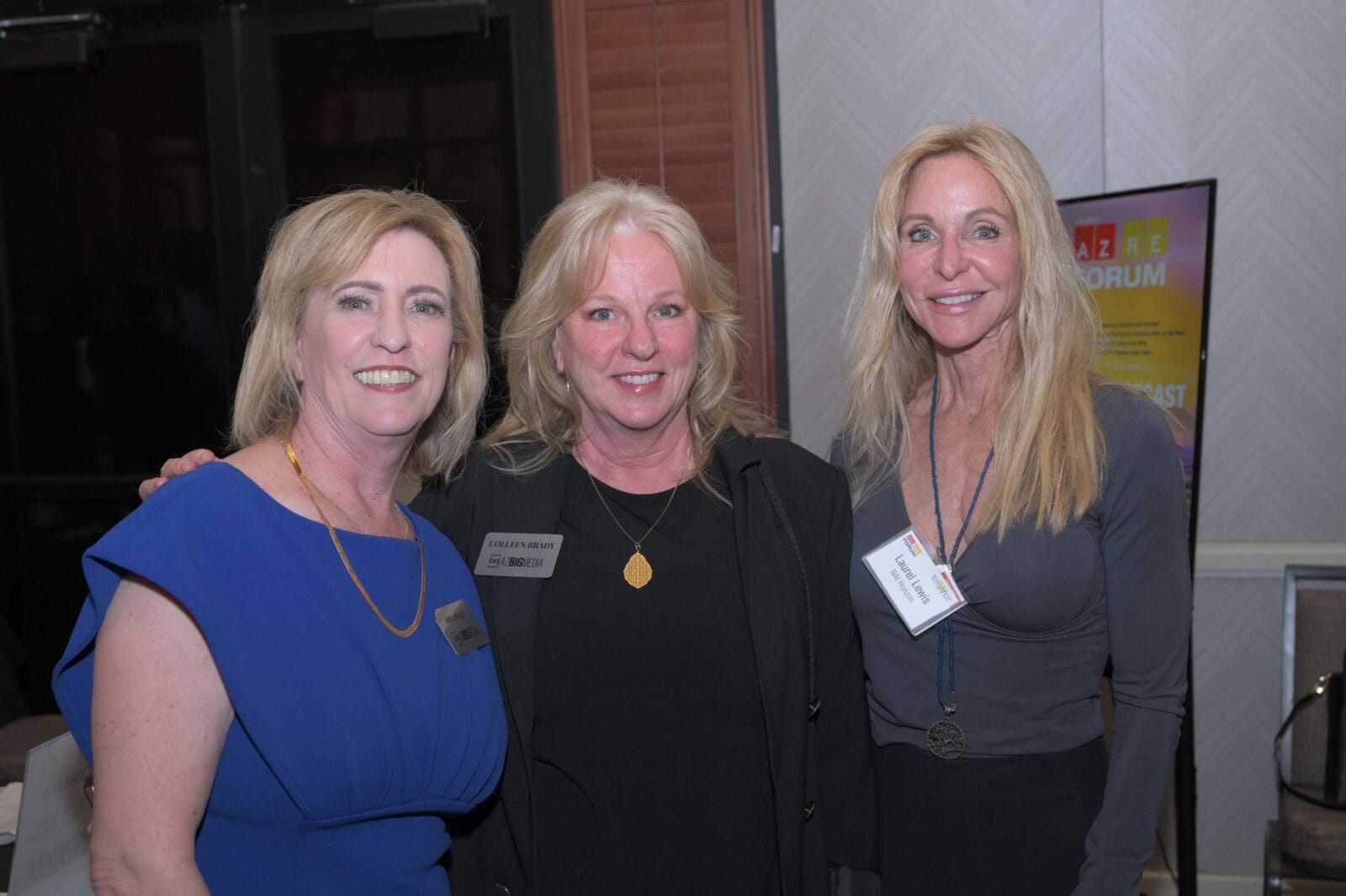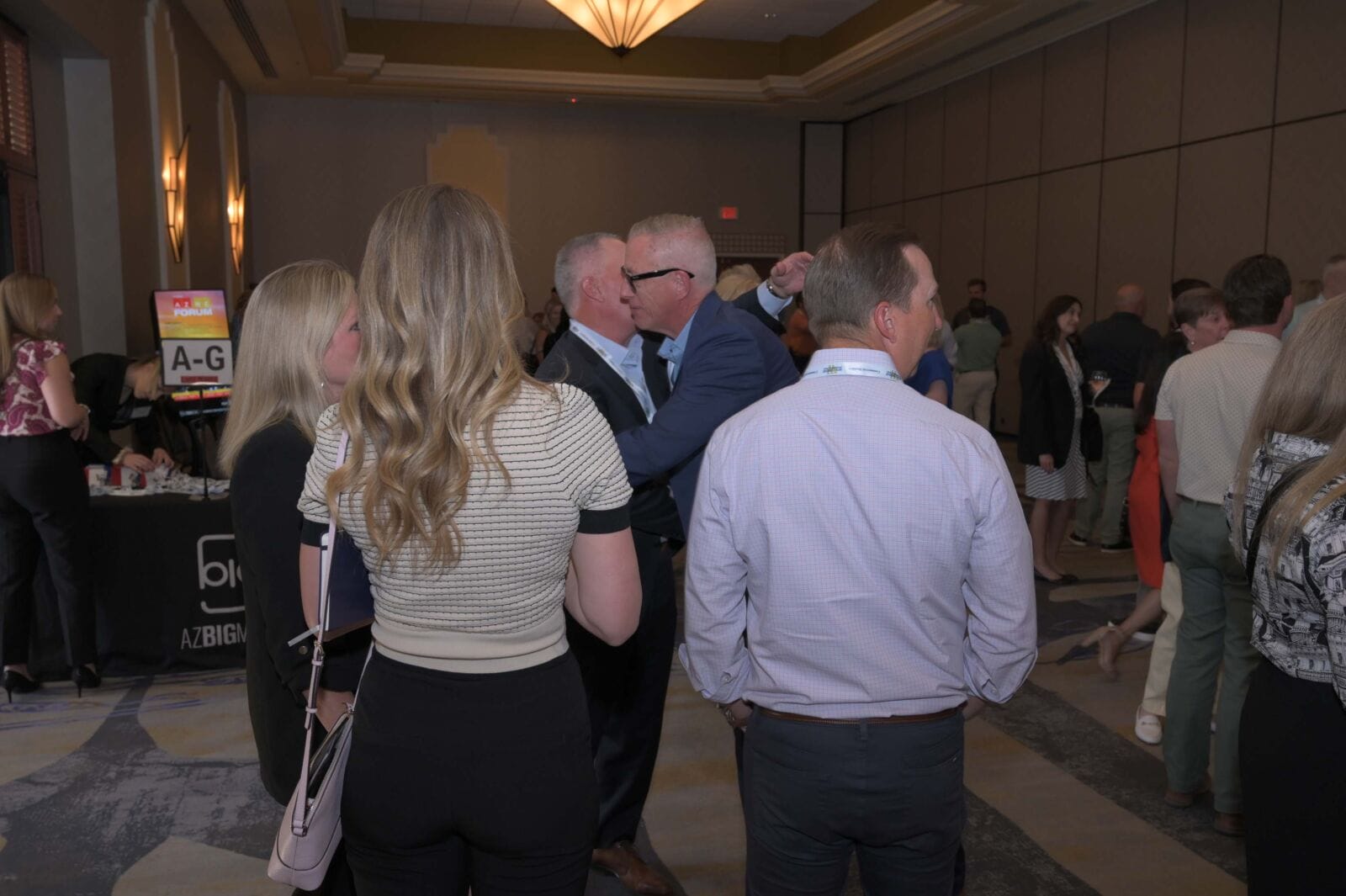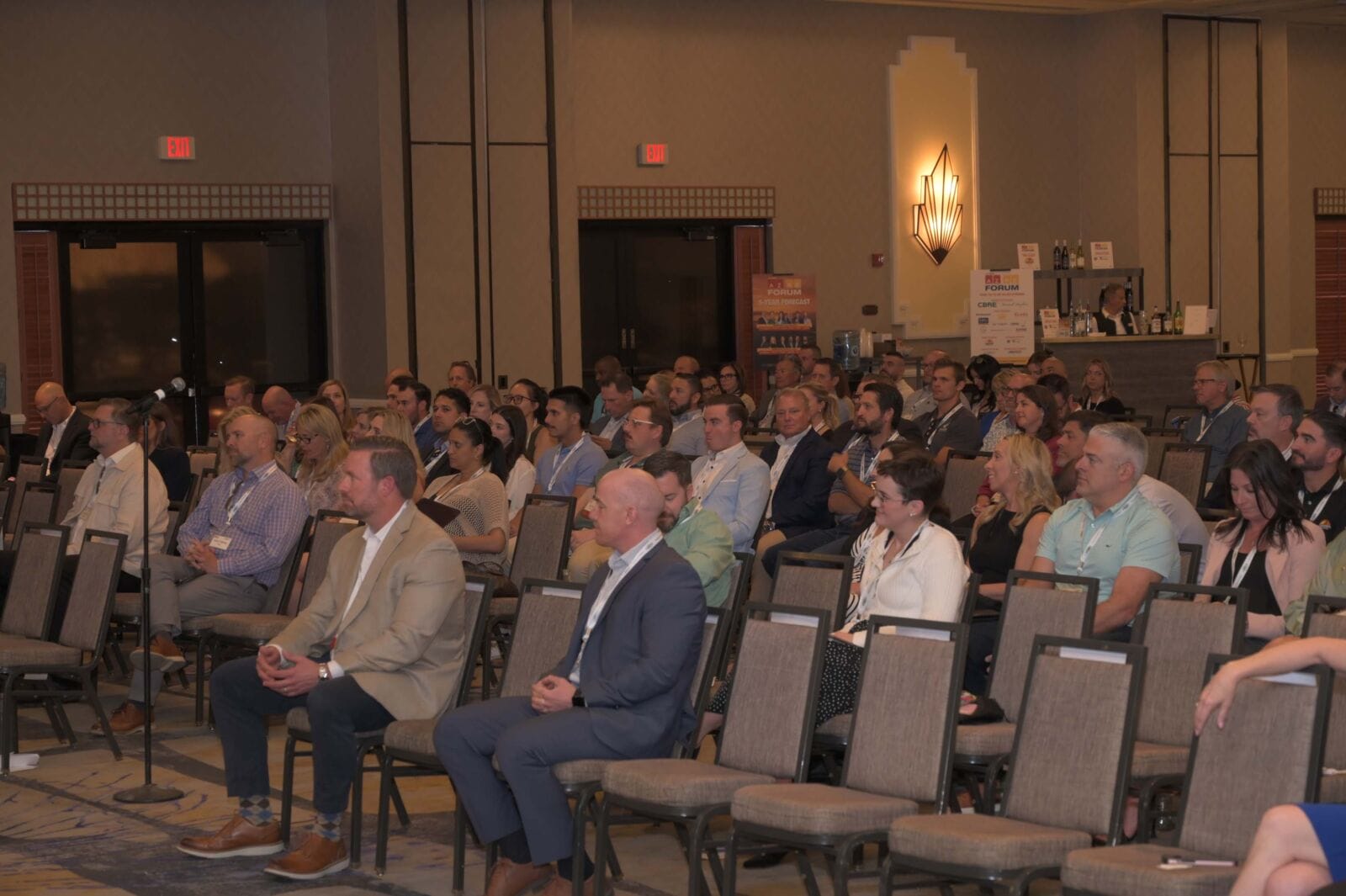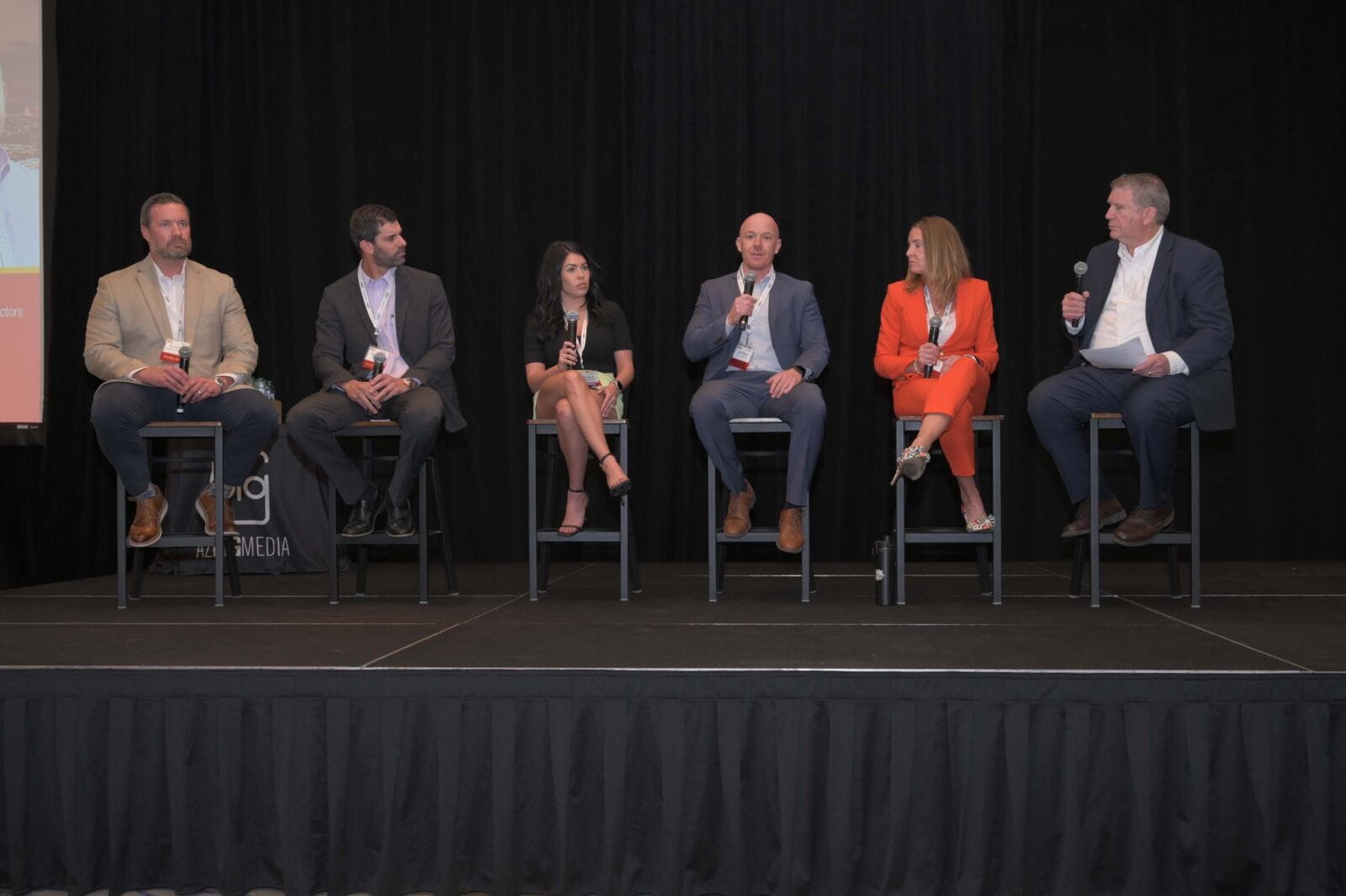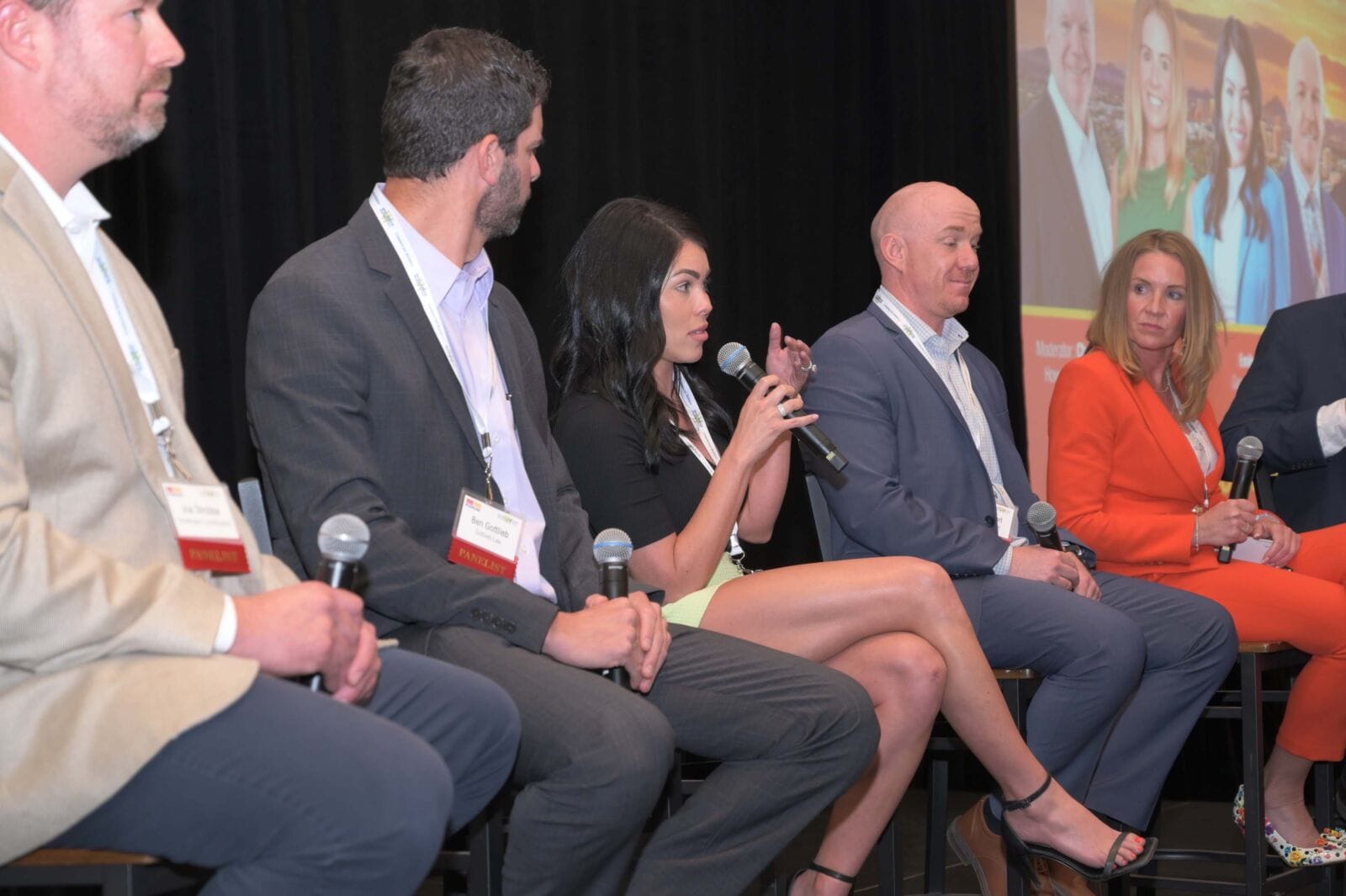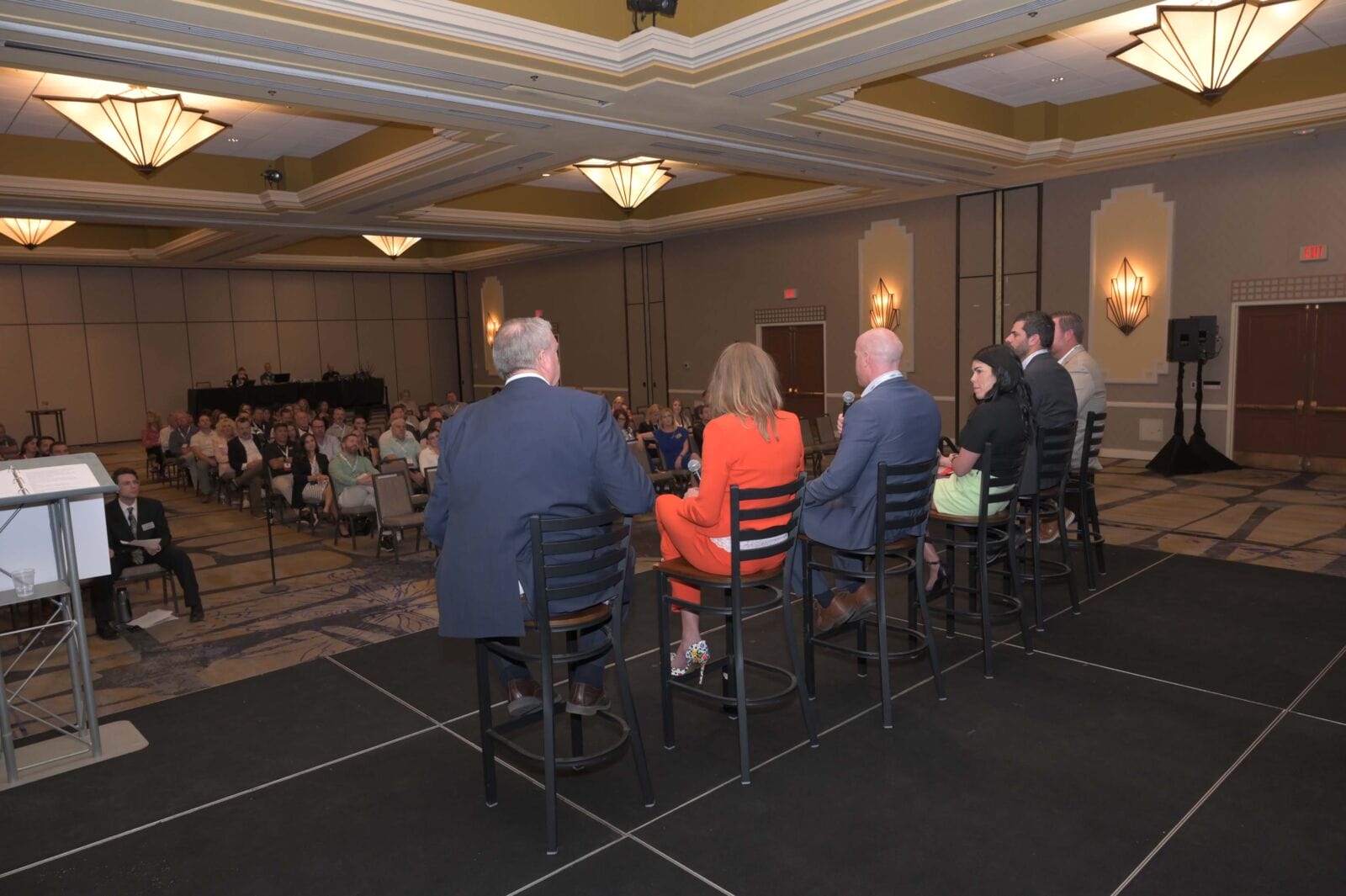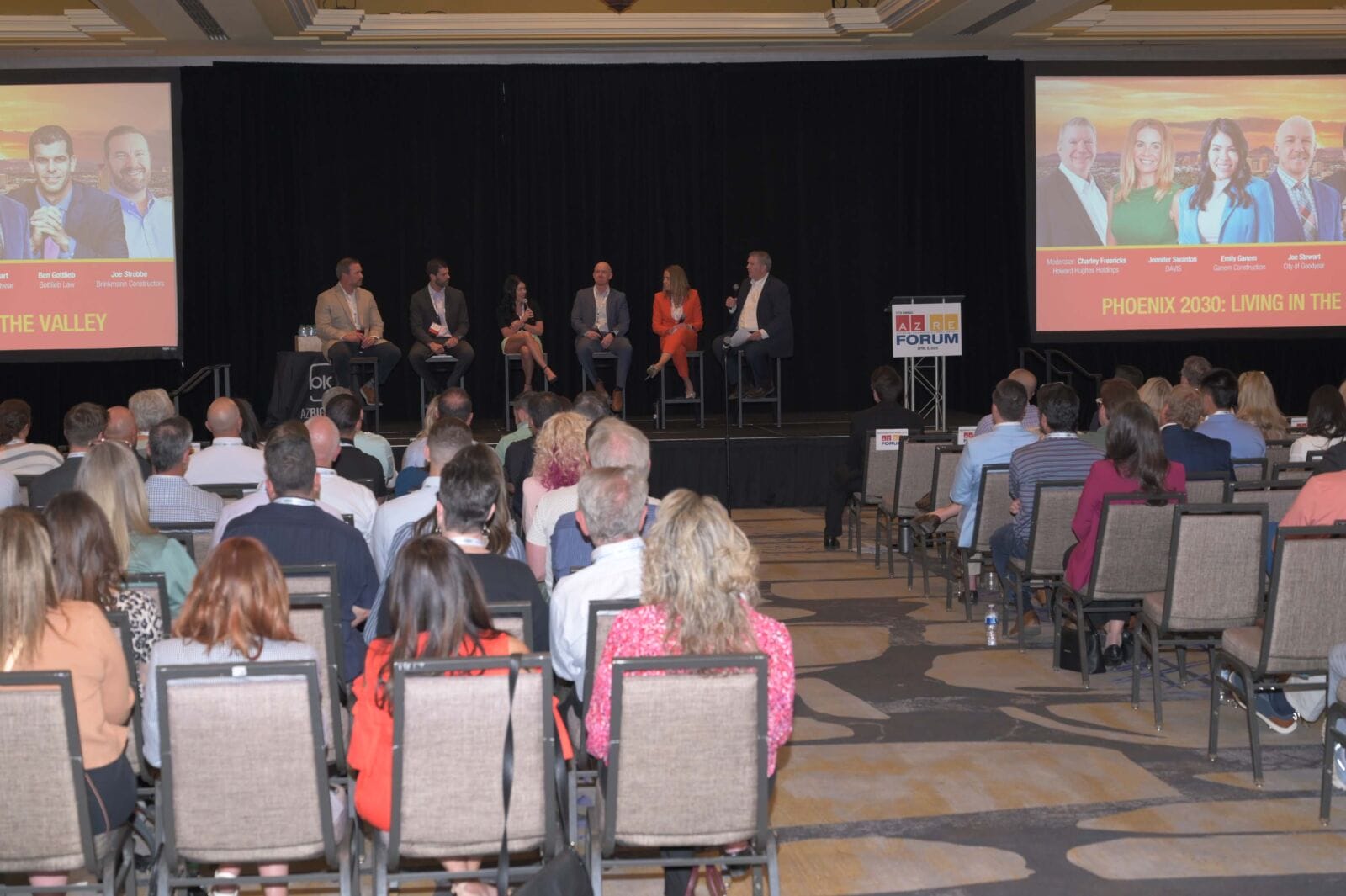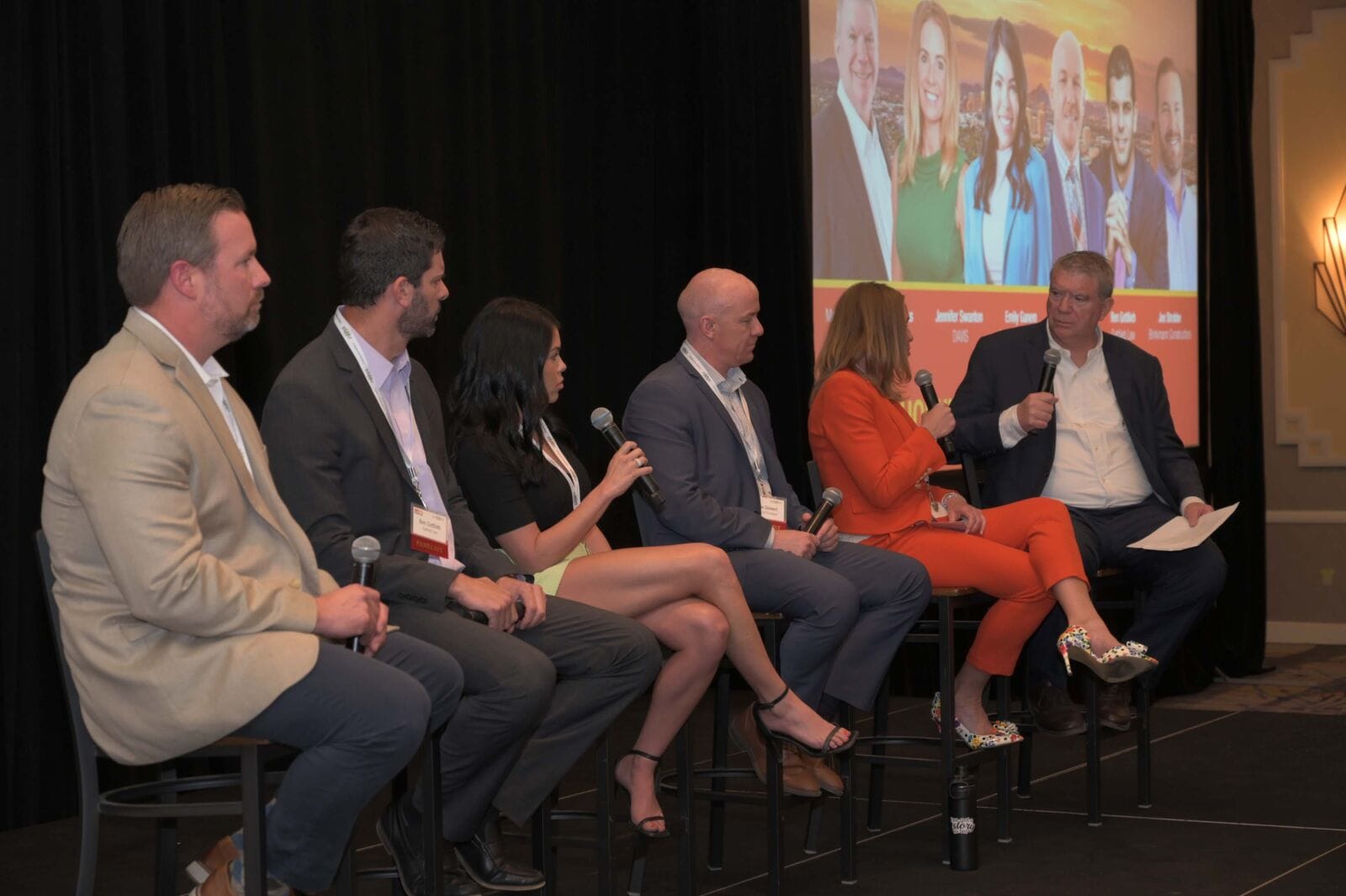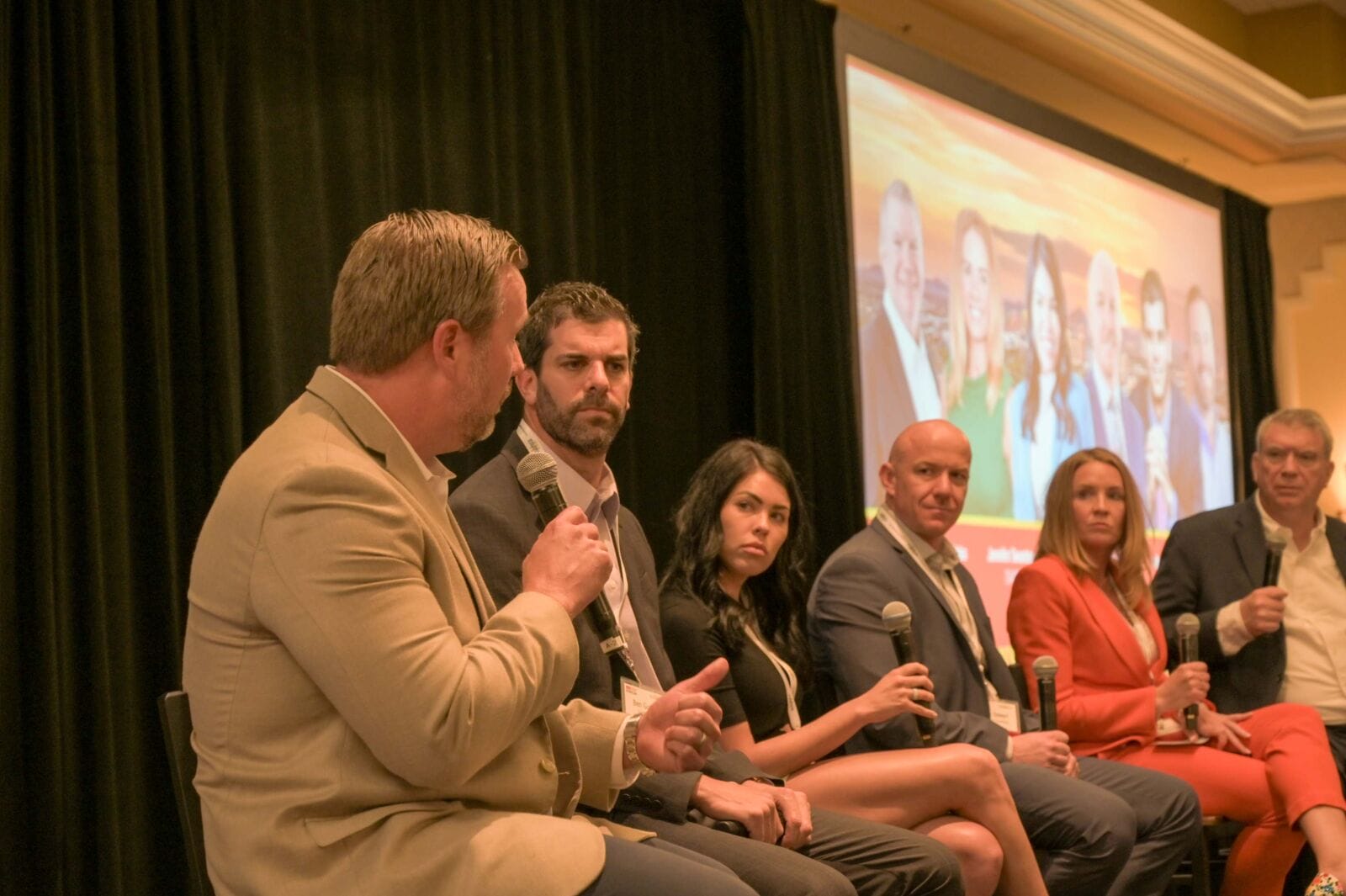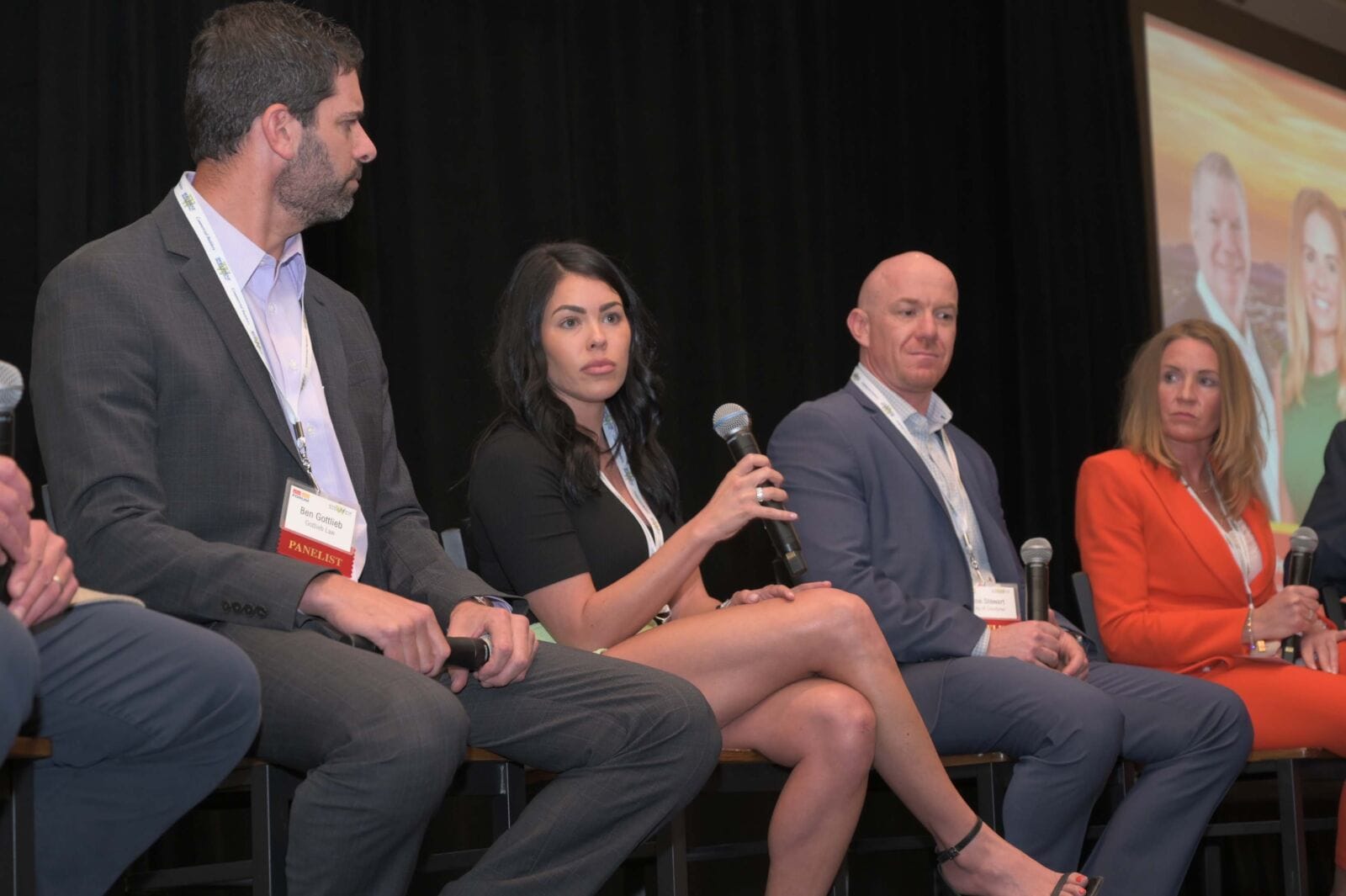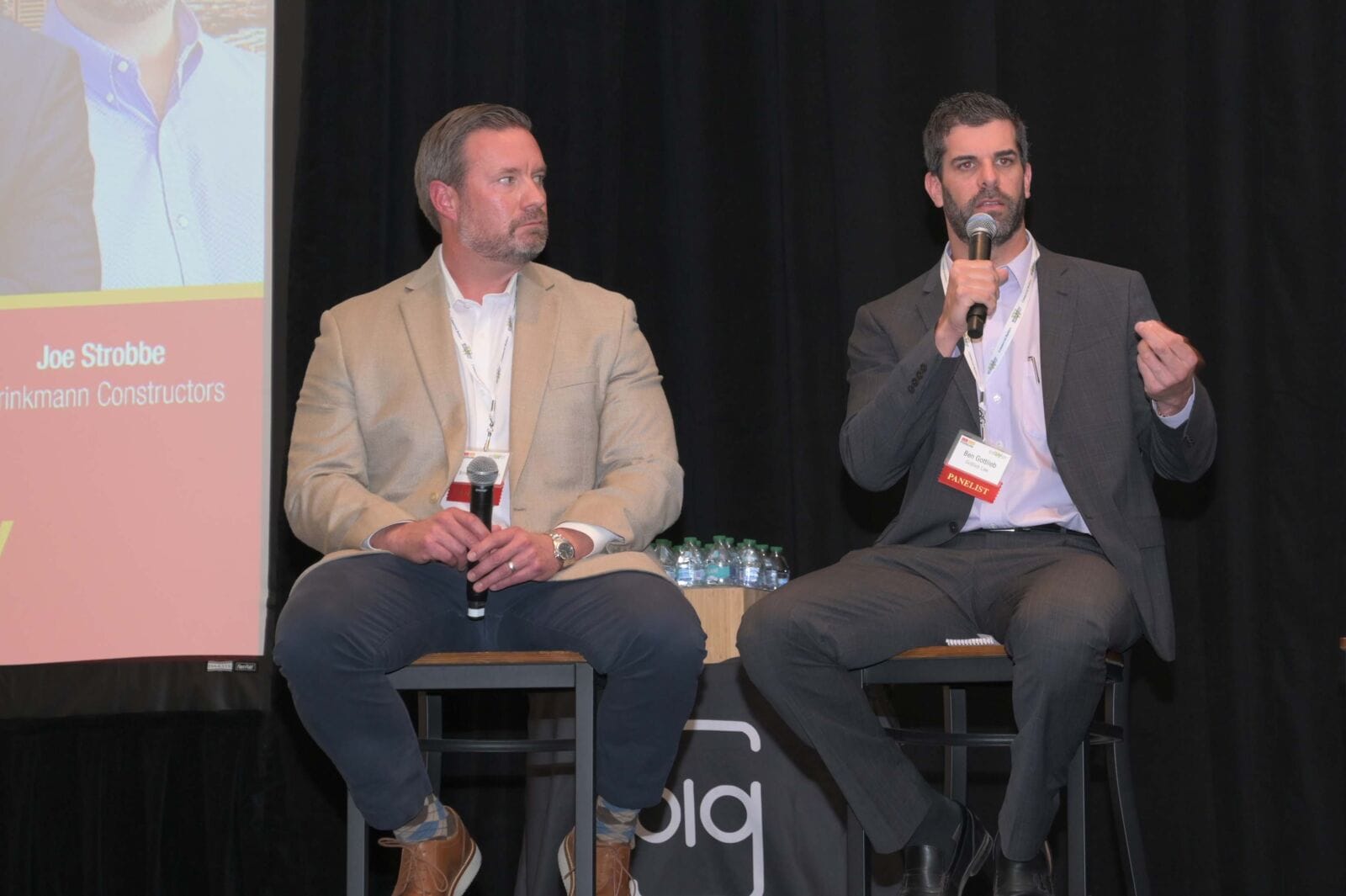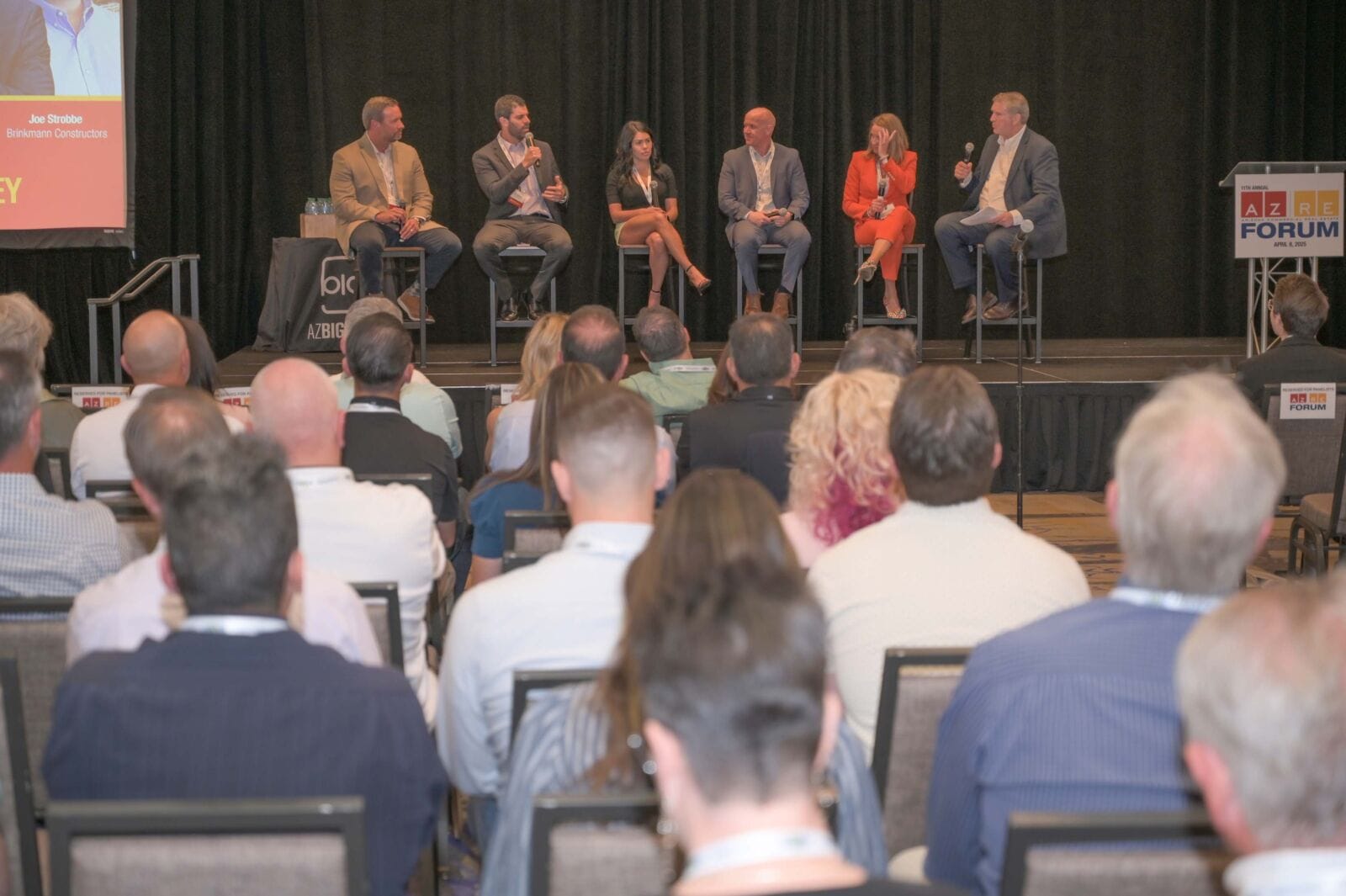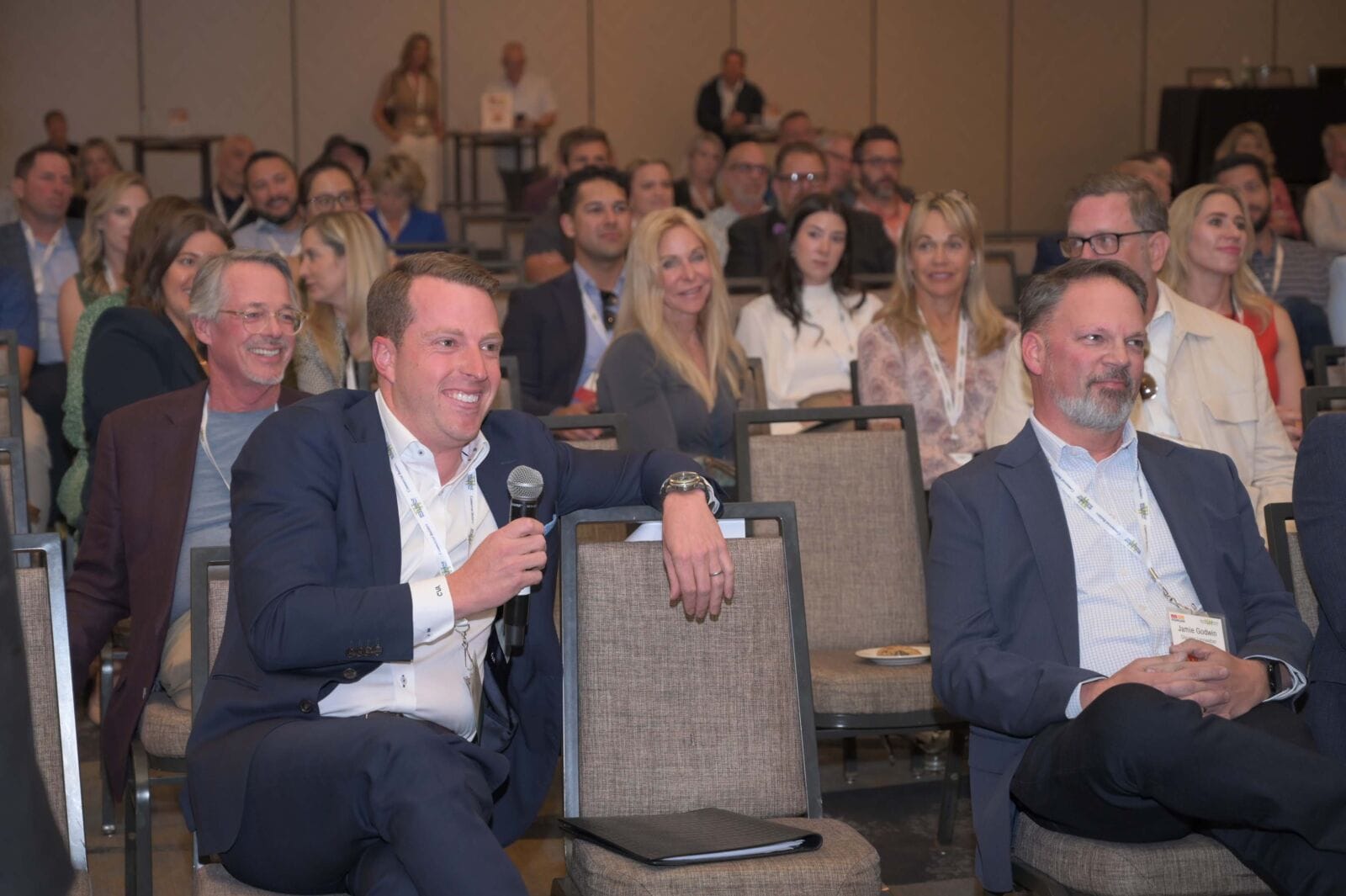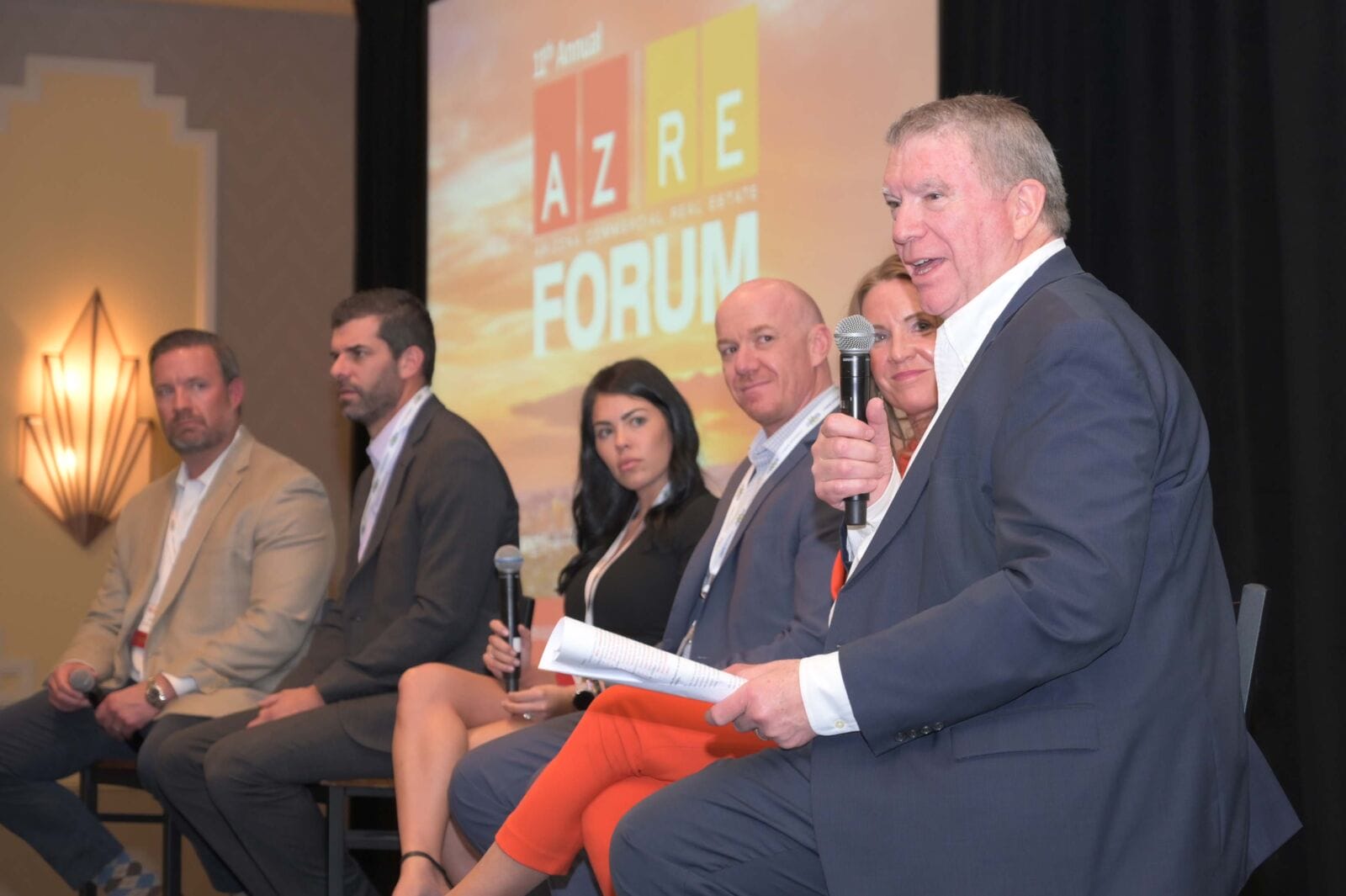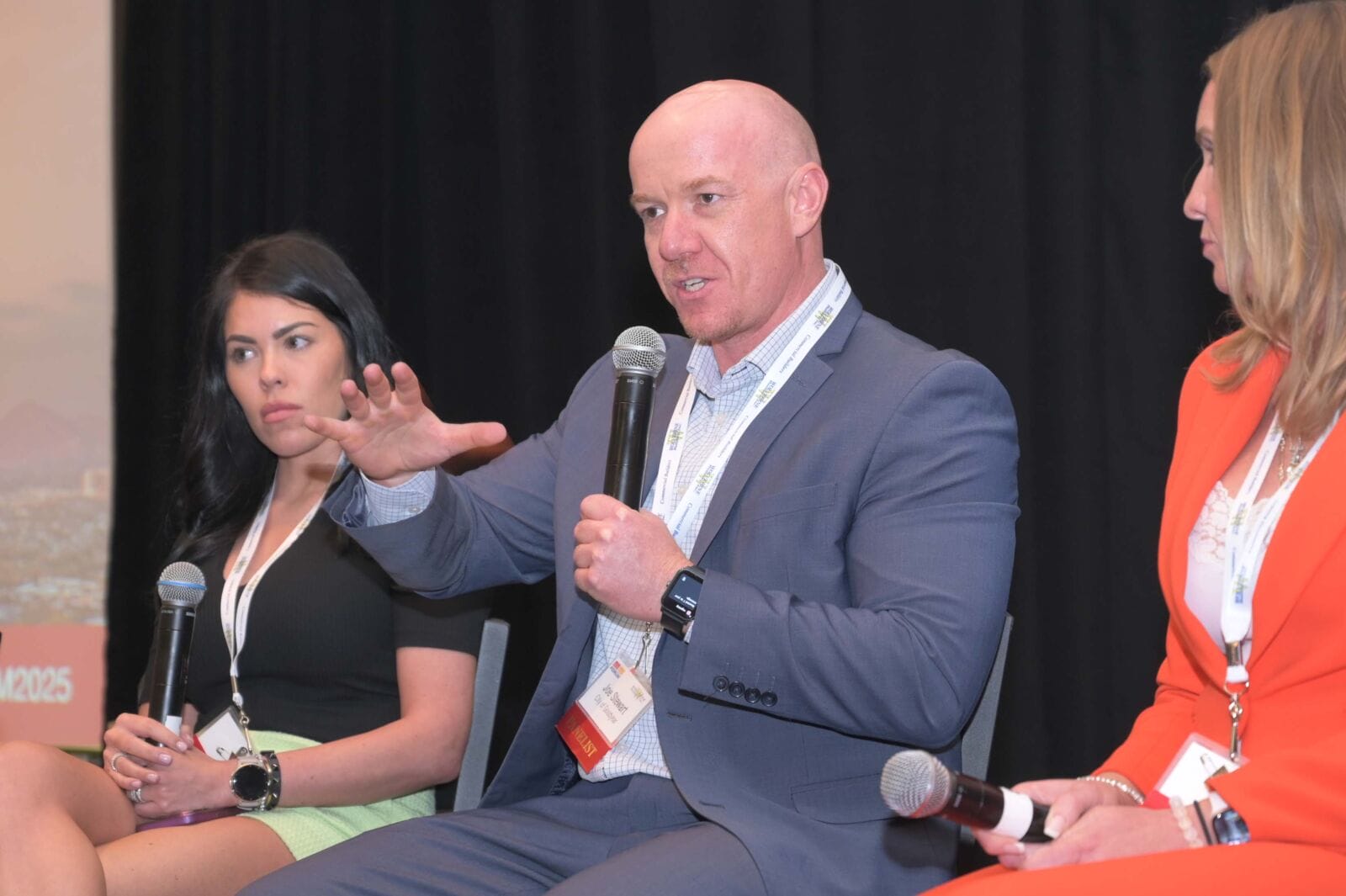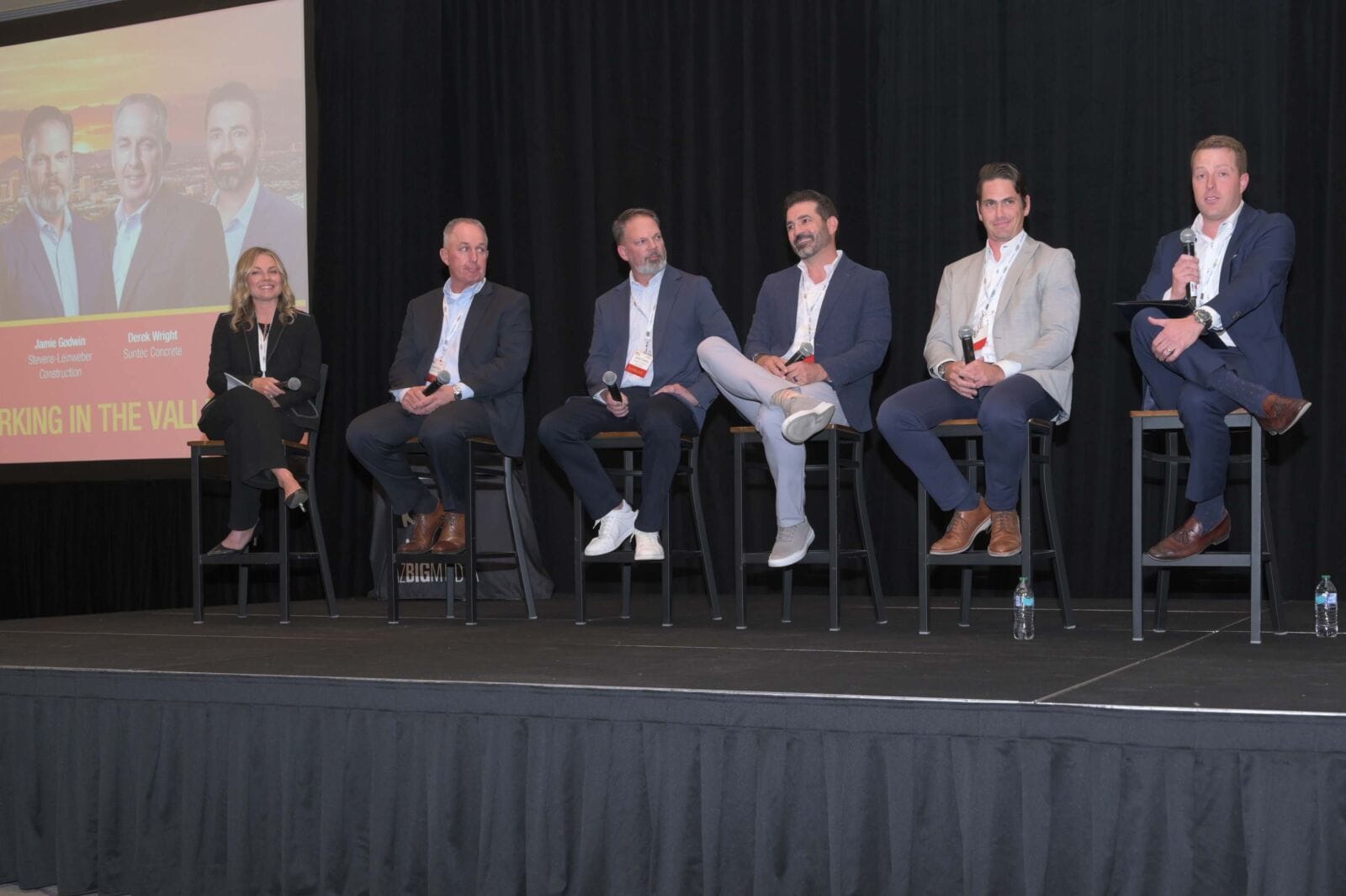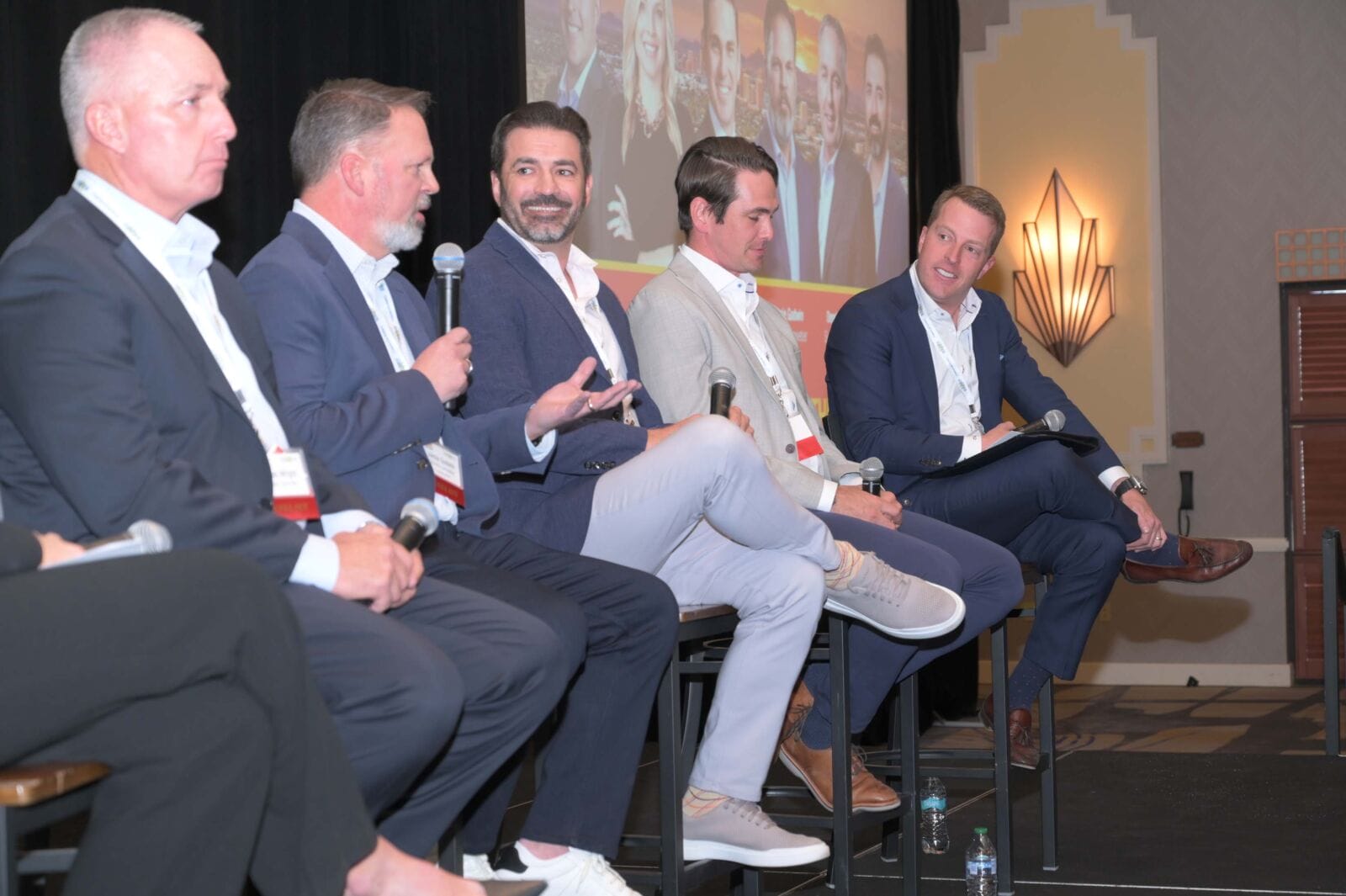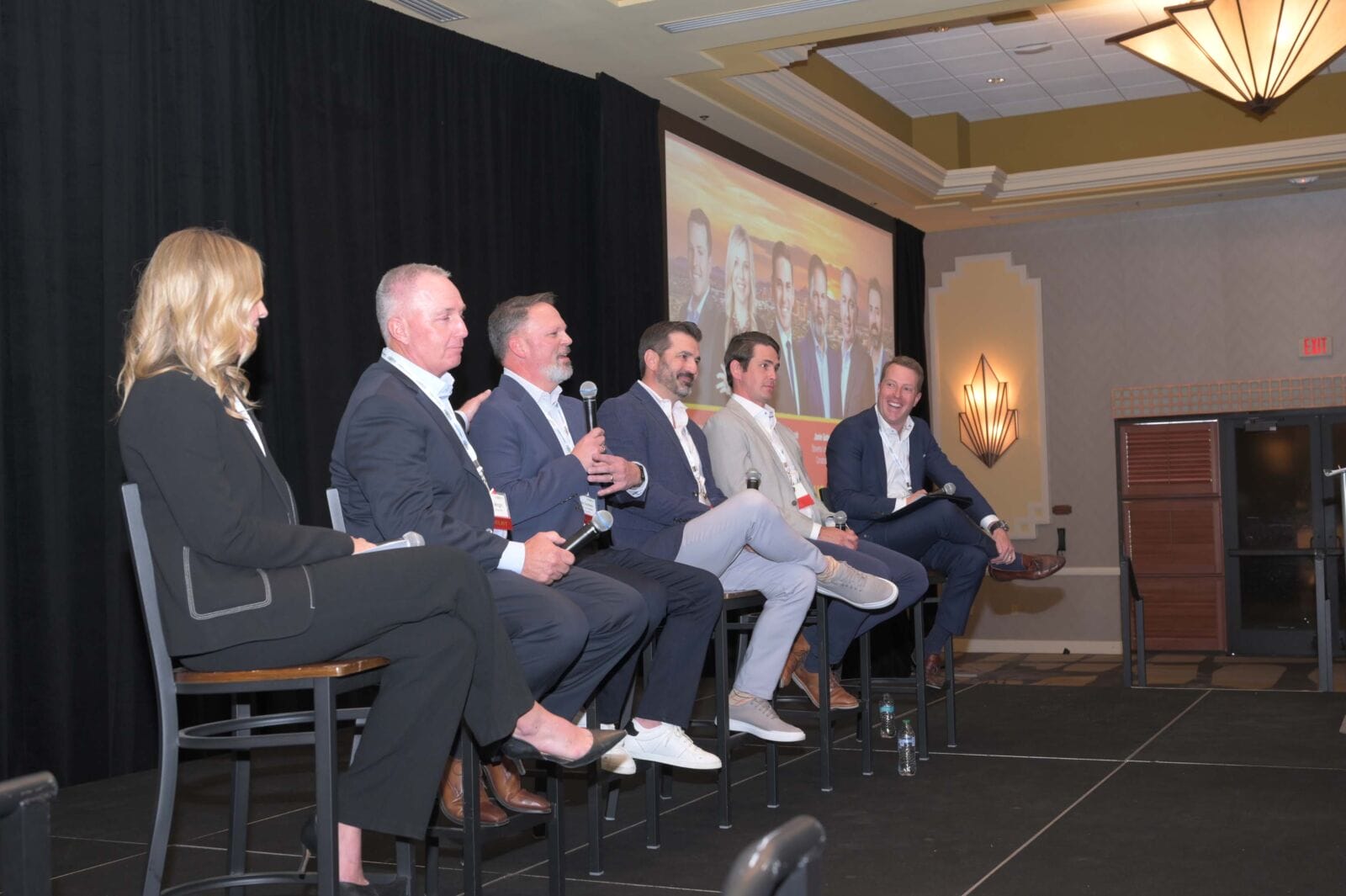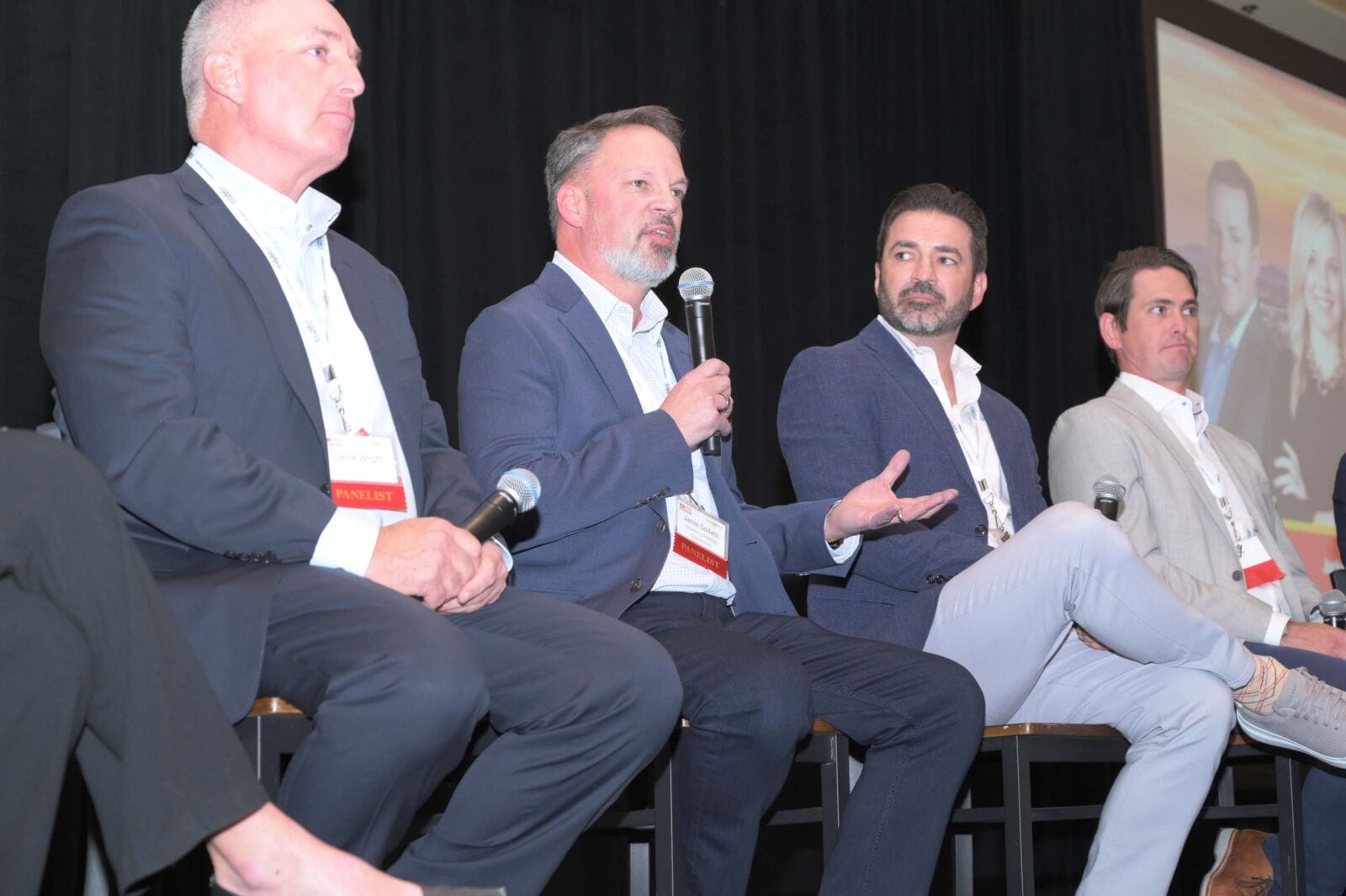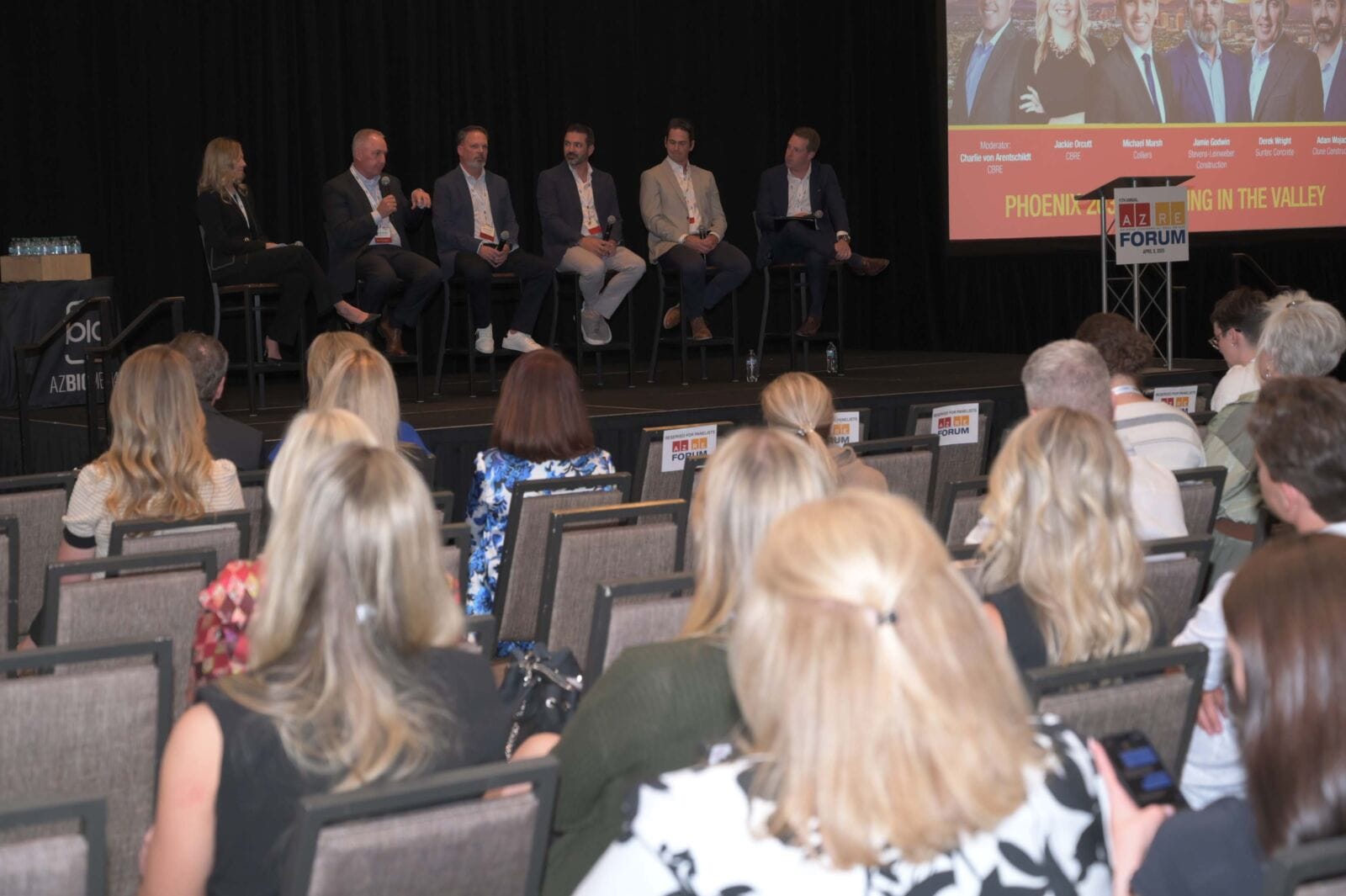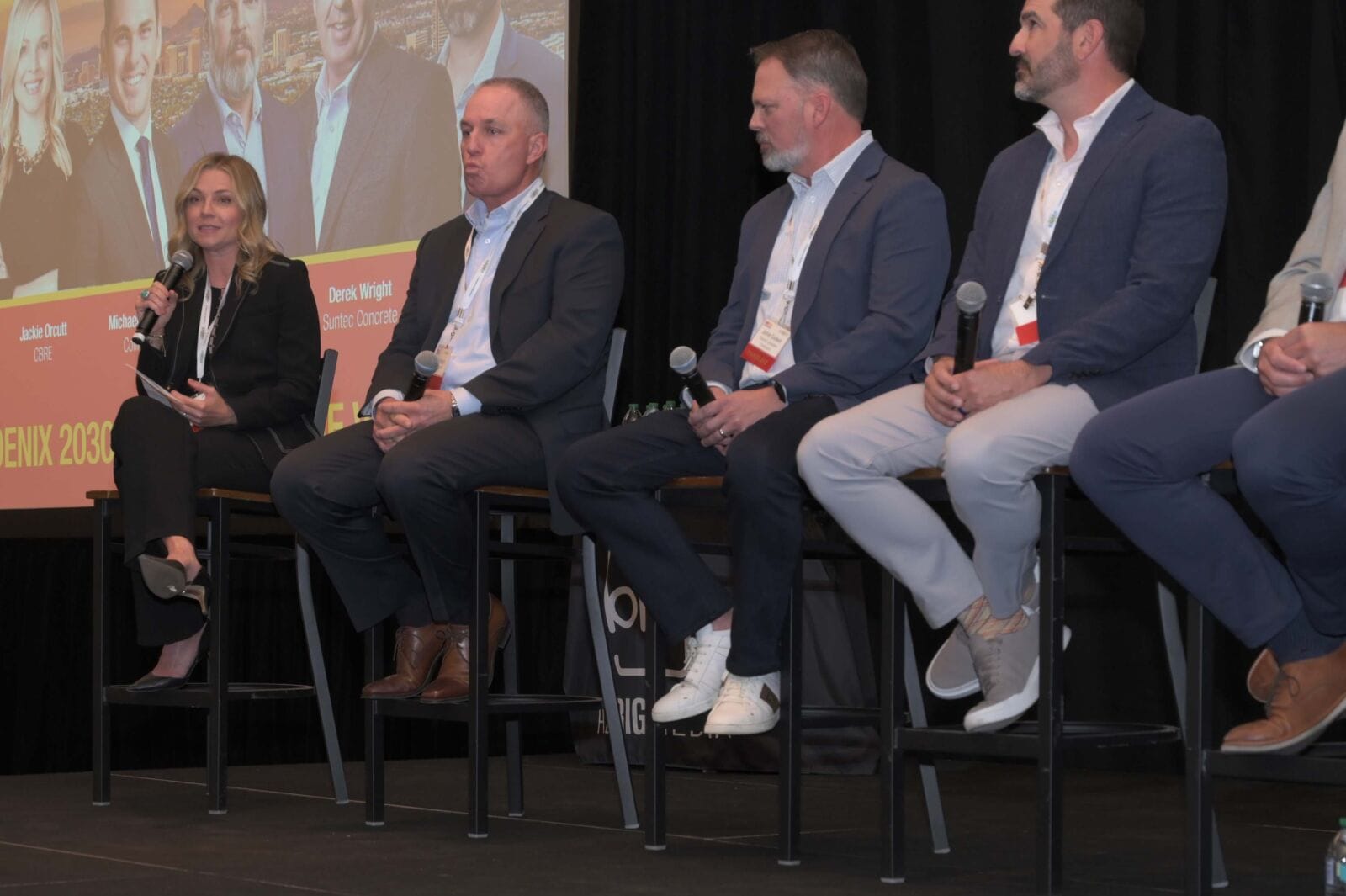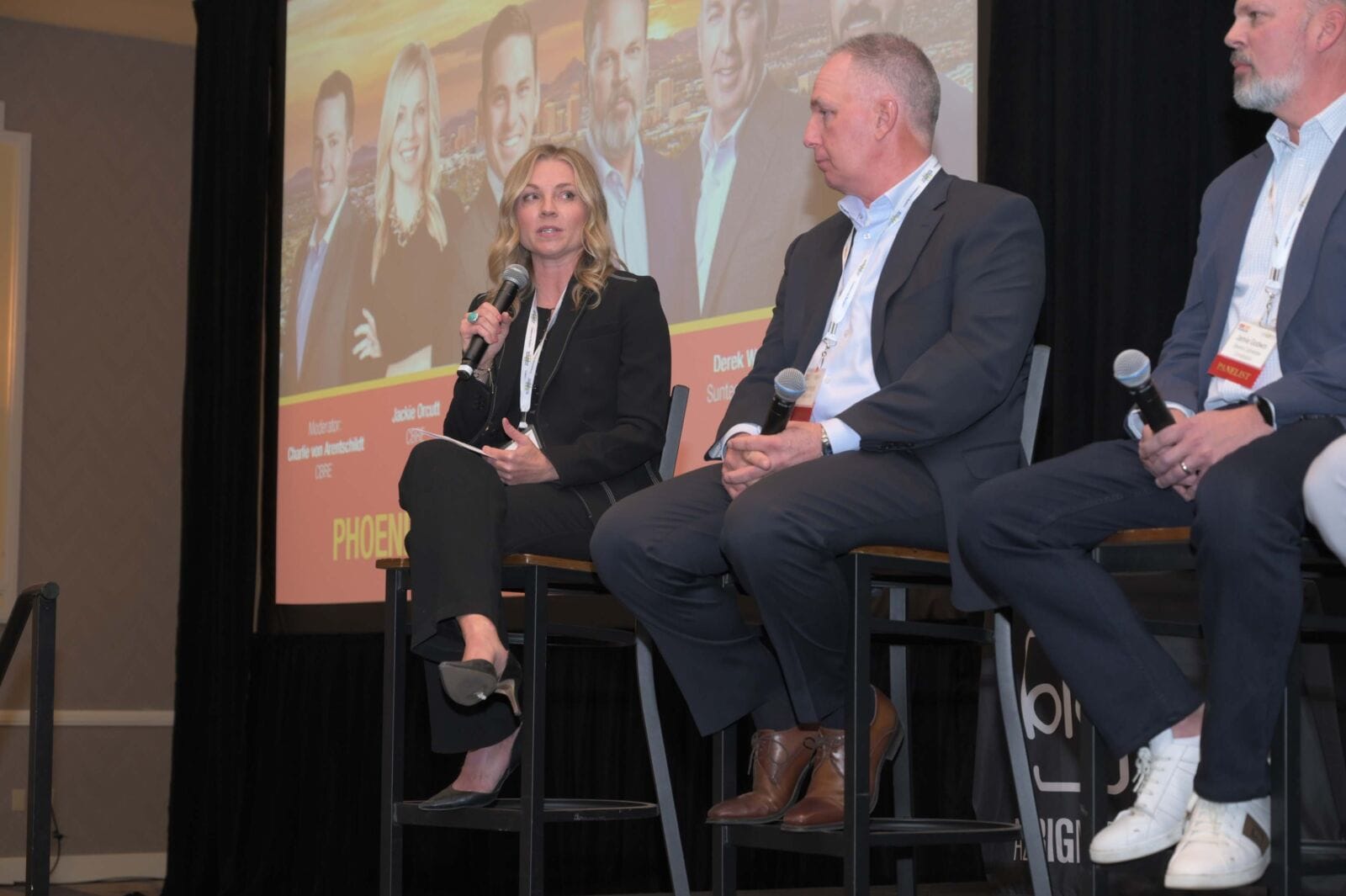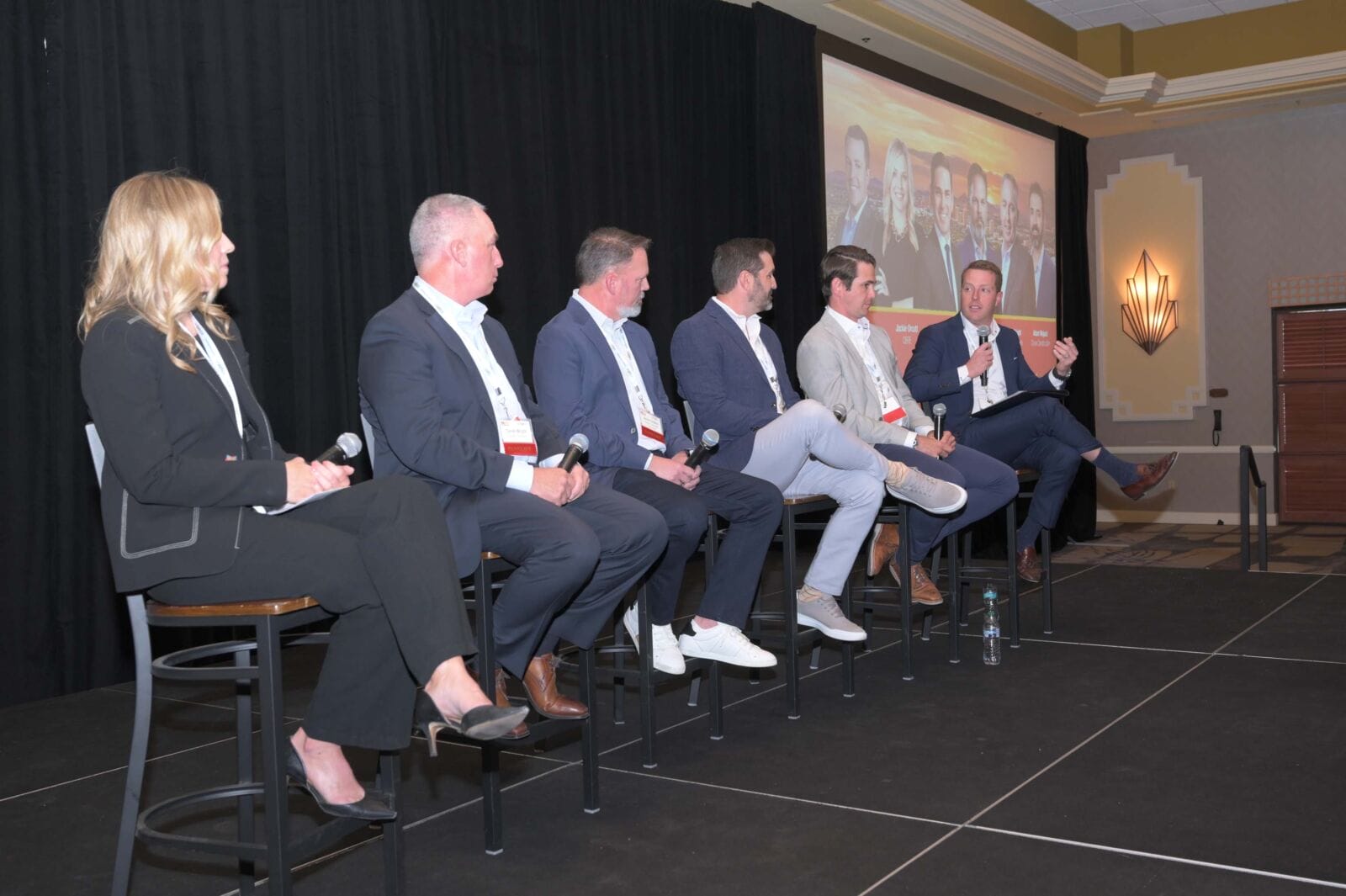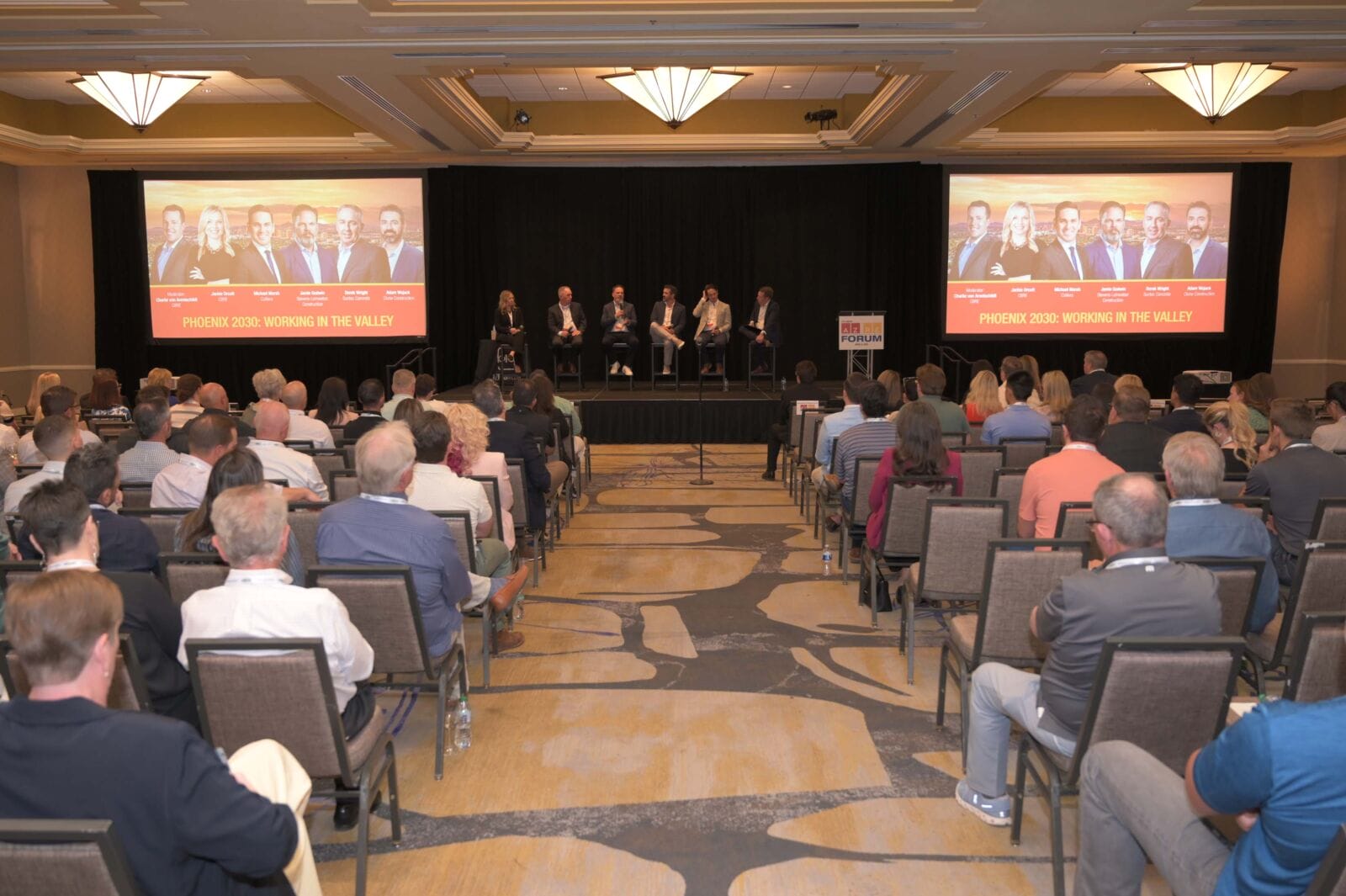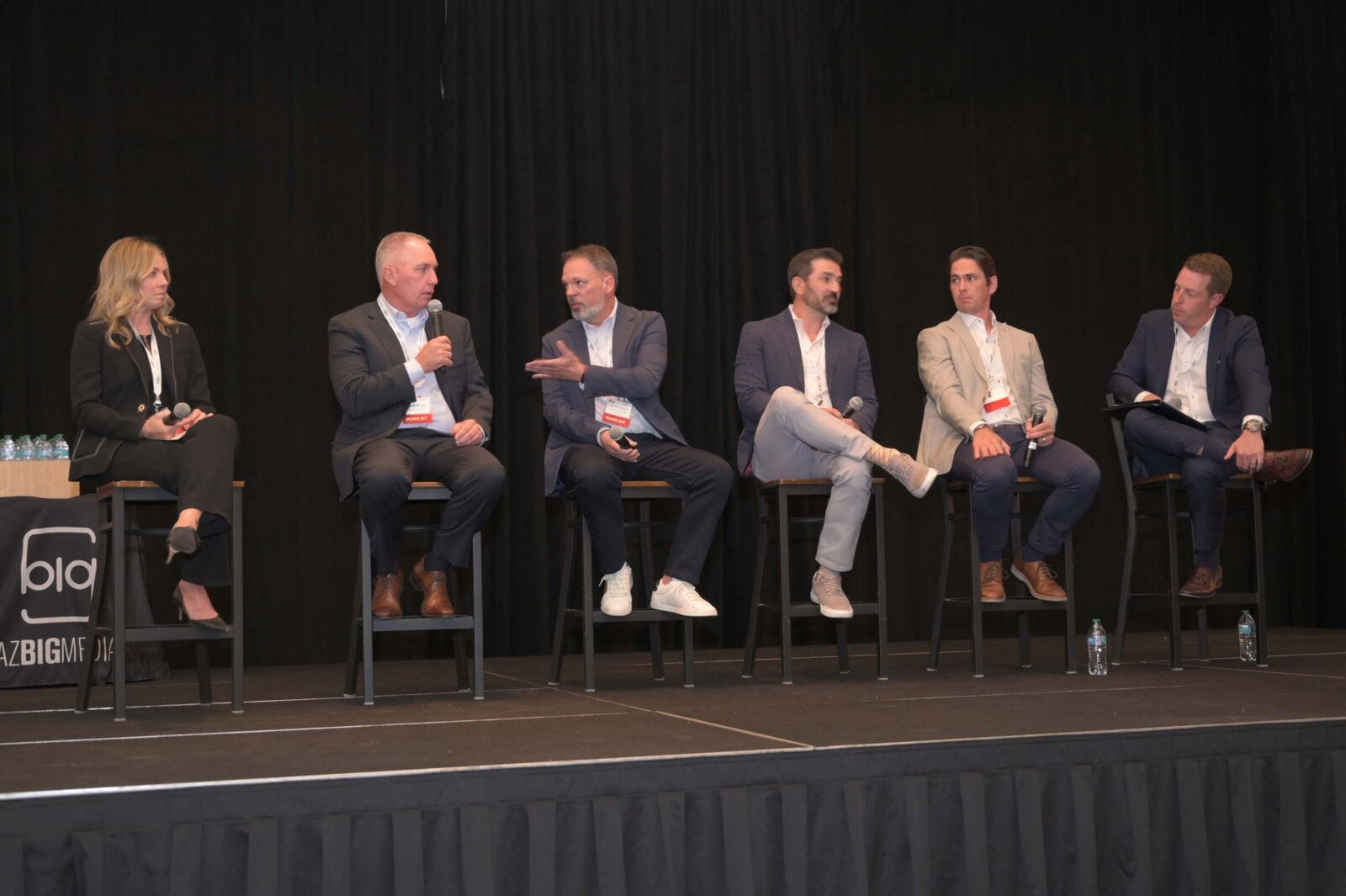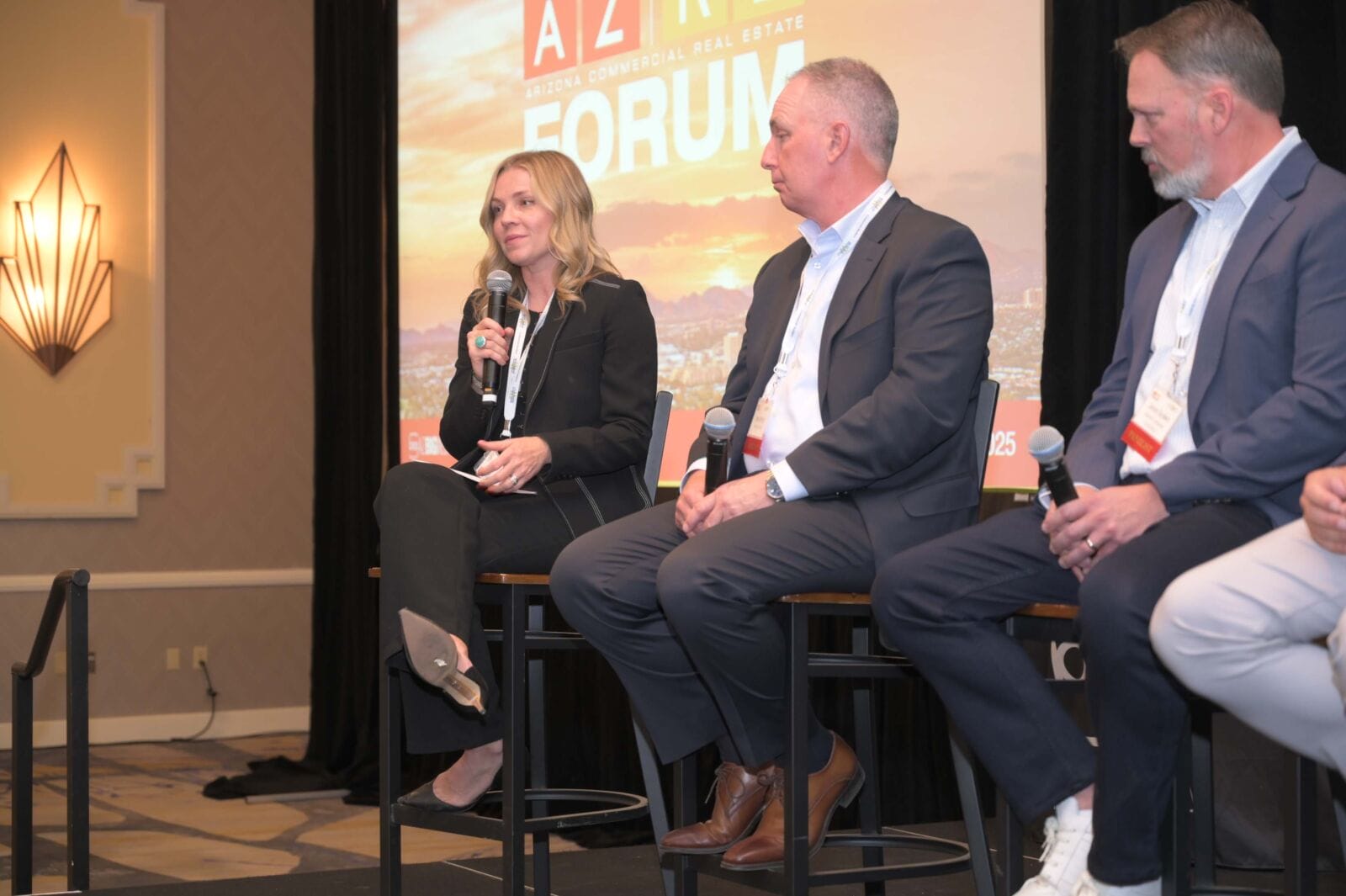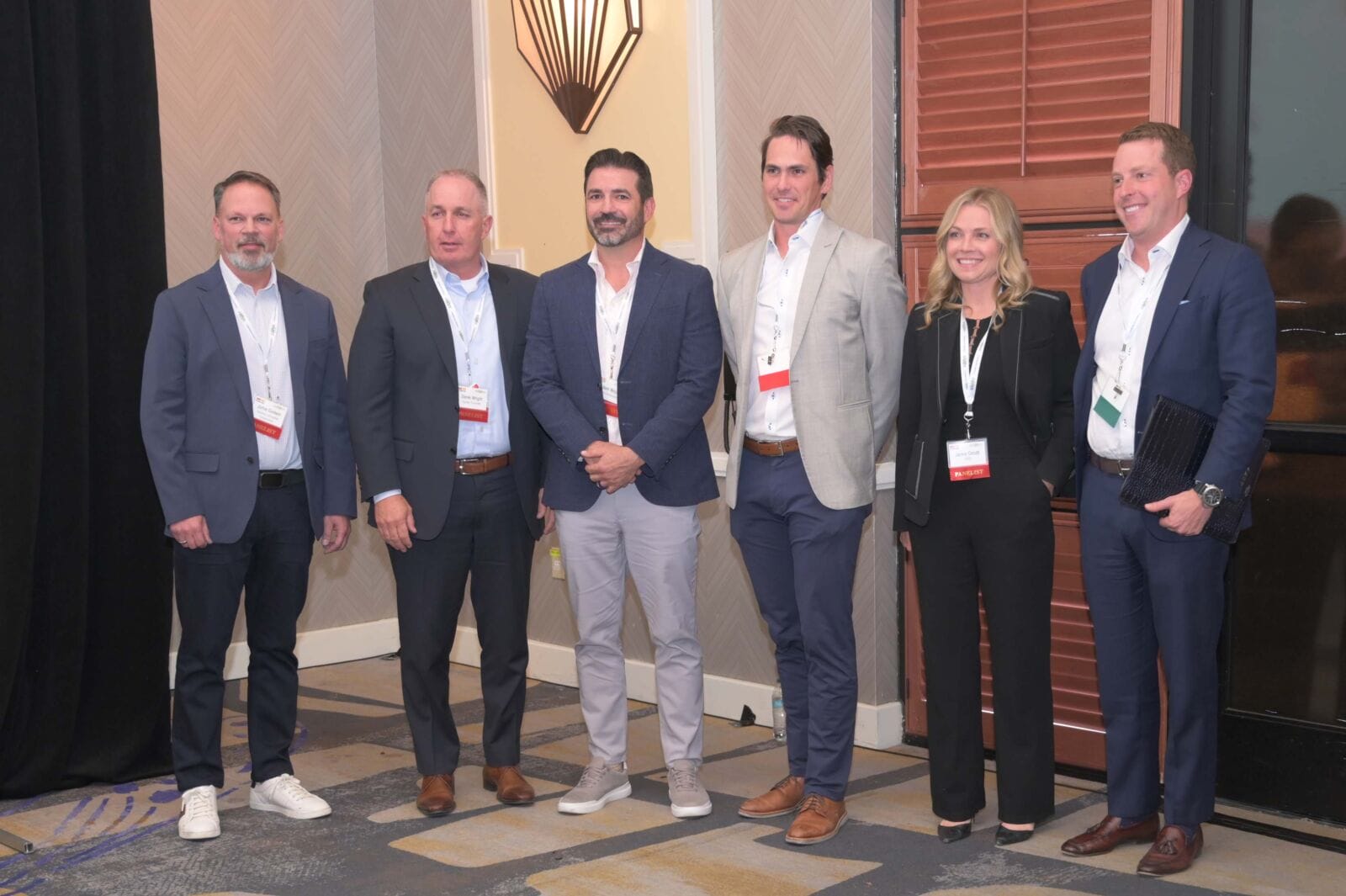After a tumultuous end to 2024, top executives in commercial real estate shared their mixed predictions and forecast for the next five years at Tuesday’s 11th Annual AZRE Forum.
Discussions about the future of construction and commercial real estate in the Valley primarily centered on the industry’s evolution in the wake of COVID-19, with an emphasis on how it is adapting and shaping its future in the next five years.
MORE NEWS: Capacity crowd celebrates winners of 2025 RED Awards
REAL ESTATE INSIGHTS: Want more news like this? Get our free newsletter here
Since the onset of the COVID-19 pandemic, over 100 million square feet of industrial development was introduced to the market, while high-end hospitality projects like the Global Ambassador and Caesars Republic Scottsdale began welcoming guests. At the same time, medical investments, including Mayo Clinic’s West Expansion and the replacement of a half-century-old hospital with the Valleywise Health Medical Center, greatly enhanced the region’s healthcare capacity.
While these significant developments reflect the resilience and progress made since the pandemic, challenges still remain.
“We need to stop thinking of 2025 as a time to hide,” said Joe Strobbe, vice president at Brinkmann Constructors in Phoenix. He emphasized that many in the industry are struggling with the current lack of control of some aspects of the construction process.
Emily Ganem, executive vice president of Ganem Construction, echoed this sentiment, “The general contractors we’ve spoken to are all in the same boat, it’s a cycle of hurry up and wait, hoping for changes, and then pivoting if those changes don’t materialize.”
“Pivot” could be the word of the afternoon.
With uncertainty at both the federal and local levels, panelists agreed that flexibility and creativity are crucial in navigating today’s market. Another point everyone agreed on was the ongoing shortage of skilled trade professionals.
“Finding and hiring top talent has been, and continues to be, a challenge,” said Jennifer Swanton, Director of Business Strategy and Growth at DAVIS.
“I believe we’ll continue to face labor shortages over the next 3 to 5 years. Our focus must remain on attracting people to skilled trades and, just as importantly, on properly training them,” Strobbe concluded.
Commercial real estate forecast
Here are some of the other nuggets of knowledge that came out of the AZRE Forum regarding the state of the commercial real estate industry and what we can expect in the future:
Ben Gottlieb, founder, Gottlieb Law: “I, of course, tend to see things through a legal lens, and given all these recent new legal developments, the streamlining of zoning for middle housing projects, the streamlining of zoning for commercial conversions to multi-family, these laws are pretty much brand new. One just went into effect, and the other is going into effect next January.
Joe Stewart, senior business development manager, City of Goodyear: “For a long time in Goodyear, we were definitely underserved in retail, restaurants, entertainment, and hospitality. Folks in the investment community are finally seeing that. And then the Loop 303 has been a massive factor in our growth, it brought 1.5 million people in the workforce within a 30-minute drive of Goodyear. So on the employment side, that’s been huge for us, and by extension, it’s brought more people to live in our city. Those factors have definitely led to where we are today in the West Valley.”
Emily Ganem, executive vice president, Ganem Construction: “I’m from the West Valley, so I talk about the West Valley, but we didn’t have a ton of amenity space. Even in master-planned communities, there wasn’t a huge amenity space. As we’re getting more into that space, we’re building clubhouses, we’re building play centers. There’s retail centers with full amenities involved in them. There’s mixed-use, and restaurants are building thinking more experience-based than just food and how many butts are in seats. I think just in general, experience is becoming so important for people. That’s why Millennials gravitated to apartments, and I think now home builders are jumping on board, retail people are jumping on board.”
Jennifer Swanton, director of business strategy and growth, DAVIS: “We are seeing a lot of retail-led mixed use, and that’s super important in the West Valley. Obviously we are not seeing as much office space as DAVIS has done in the past, but we do expect to have some major projects that we’ll be designing in the next couple of years or so.”
Joe Strobbe, vice president, Phoenix, Brinkmann Constructors: “With what we’re doing from a highway, roadway infrastructure perspective out here in Arizona, I think we do a really good job. I think that the projects that are coming down the pipe over the next five years are going to do nothing but allow us to continue to expand communities.”
Jackie Orcutt, executive vice president, CBRE: “In the last five years, we’ve increased our industrial base by more than 25%. We’ve also gone from a secondary market to a primary market. In 2020, if I was working on a deal over 100,000 square feet in the Airport or Southeast Valley, there was a 50% chance it was tied to Intel. Today, the average tenant size in 2023 was 120,000 square feet. It’s come down a bit, but it’s very diversified—could be aerospace, electric car manufacturing, battery manufacturing. Semiconductor is still huge. The biggest evolution we’ve seen in industrial has been the quality of new jobs and new national and international businesses coming to the state. And I think we’re just getting started.”
Michael Marsh, associate vice president, Colliers: “Even just today, we had a walk-through with a 100,000 square foot project with a Fortune 500 company, all because of return-to-office. I think we’re going to start seeing it a lot with the Fortune 500 companies, and that will trickle down to smaller organizations.”
Derek Wright, president and CEO, Suntec Concrete: “The other side to really understand is cost. I don’t expect to see costs change—they’re certainly not going down. Costs are going to trend up. The pressure on labor is driving that.”
Jamie Godwin, president, Stevens-Leinweber Construction: “If we don’t have the power supply to back it up, nothing’s going to move forward. That predictability, long-term power supply for us as a market, is going to matter. I can tell you stories of other markets where campuses have stopped mid-construction because they lost their power deals. We don’t want to be in that spot. We have to ensure that we have a grid and power generation capability that can sustain the opportunities we have in the market.”
Derek Wright, president and CEO, Suntec Concrete: “I think the infrastructure that has passed and will continue to get funded will dramatically set the stage for not just five but ten years down the road. And I’ll say it again, I think rail is going to have a major impact on what’s coming.”
Adam Wojack, executive vice president, Clune Construction: “AI is accelerating demand for data centers across the country, and Phoenix is no exception. The Valley offers space, infrastructure, and proximity to the West Coast without California’s regulatory hurdles. AI workloads require more computing, translating into denser, more power-hungry facilities. As AI scales up, power density becomes a major constraint. Collaboration between developers, utilities, and municipalities will be critical. We are already working with clients to future-proof designs and align closely with utility timelines.”
Charley Freericks, president, Phoenix region, Howard Hughes Holdings: “Our industrial base five years ago was 320 million square feet. It’s 440 million square feet today. For perspective, that 120 million square foot increase is about the size of Vegas. So we’ve grown a Vegas in the last five years. Clearly, a lot has changed.”
Bold predictions from the first panel
• Charley Freericks, president, Phoenix region, Howard Hughes Holdings: “We are poised for the biggest run we’ve ever had. We’ve got a bigger platform to run with and we’re poised for massive expansion in every facet.”
• Emily Ganem, executive vice president, Ganem Construction: “The skilled trades will be using AI.”
• Ben Gottlieb, founder, Gottlieb Law: “The bolder, braver developers that take advantage of the streamlining of zoning for commercial conversions to multifamily could come out on the other side really, really profitable.”
• Joe Stewart, senior business development manager, City of Goodyear: “I think our downtown projects in the City of Goodyear will rival the downtowns in the East Valley.”
• Joe Strobbe, vice president, Phoenix, Brinkmann Constructor: “If the economic development community does exactly what we need to do, we might have some short-term issues, but we could see upwards of 15% growth in this Valley over the next five to 10 years. Easy.”
• Jennifer Swanton, director of business strategy and growth, DAVIS: “We are going to see more returns to the office fueled by a focus on better amenities.”
Bold predictions from the second panel
• Jamie Godwin, president, Stevens-Leinweber Construction: “I think in the next five years there will be some pretty major dollars put into infrastructure investment — specific to power — that we will prevent that from being a bottleneck that slows us down and stops really stops us.”
• Michael Marsh, associate vice president, Colliers: “I think that the Arizona Legislature is actually going to pass the Axon bill and that’s going to ignite a whole lot of development. It’s going to take away a lot of uncertainty and it’s going to hit residential, industrial, advanced manufacturing, hospitality, retail and then — eventually — office.”
• Jackie Orcutt, executive vice president, CBRE: “I believe that we will see a number of announcements in the next five years from more Fortune 50 companies that are coming to town for campus style developments.”
• Charlie von Arentschildt, senior vice president, CBRE: “We will see several new trophy developments. I think we hit $100 rent, so I’m seeing almost double from top market —not for many, but for some.”
• Derek Wright, president and CEO, Suntec Concrete: “I think technology and AI are going to change what we do in ways we don’t even understand yet in the coming years.”
• Adam Wojack, executive vice president, Clune Construction: “The seeds have been planted for immense growth. It’s going to be a collision of mission critical tech and residential, but we are on a good runway.”

